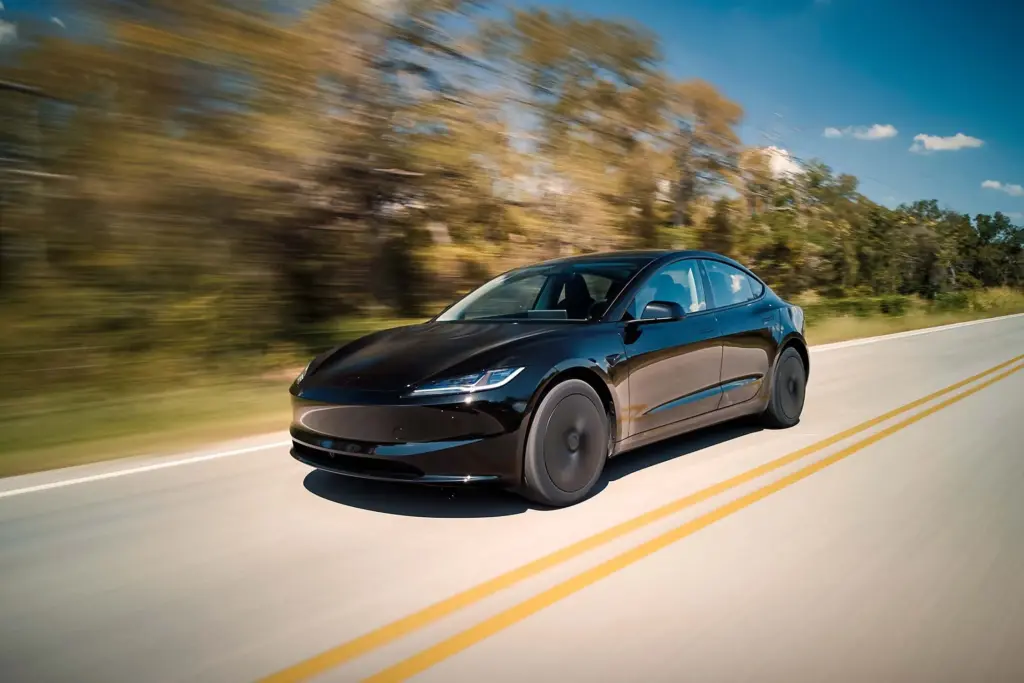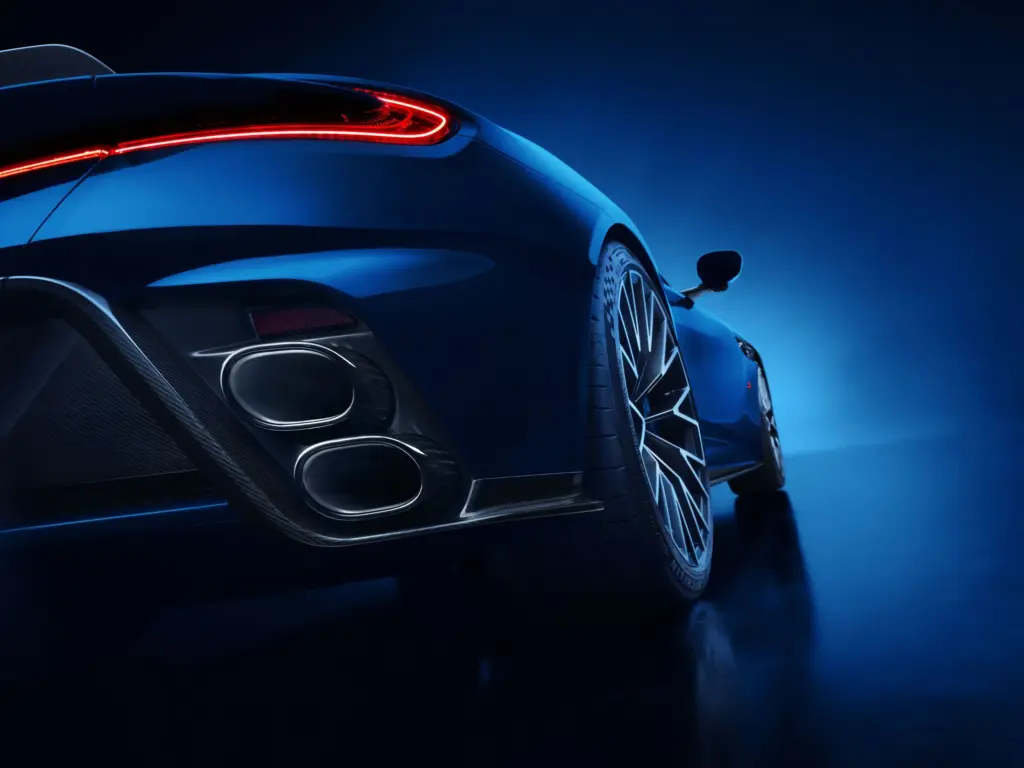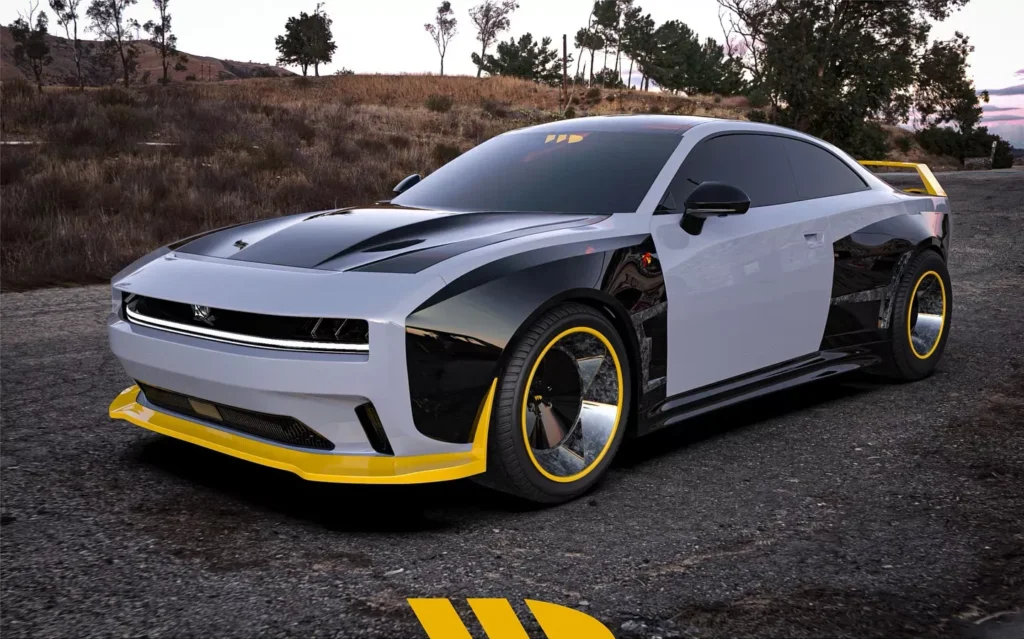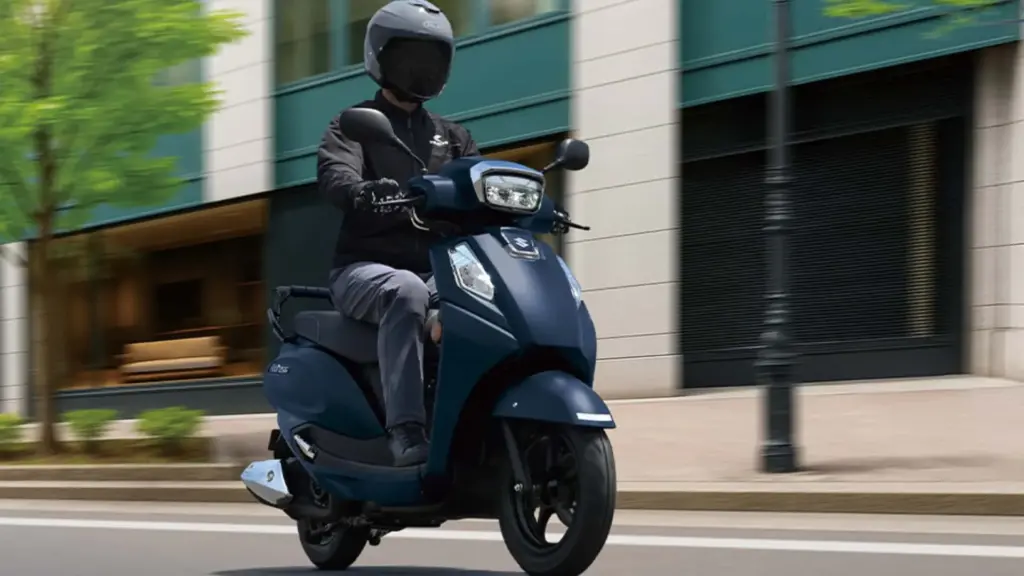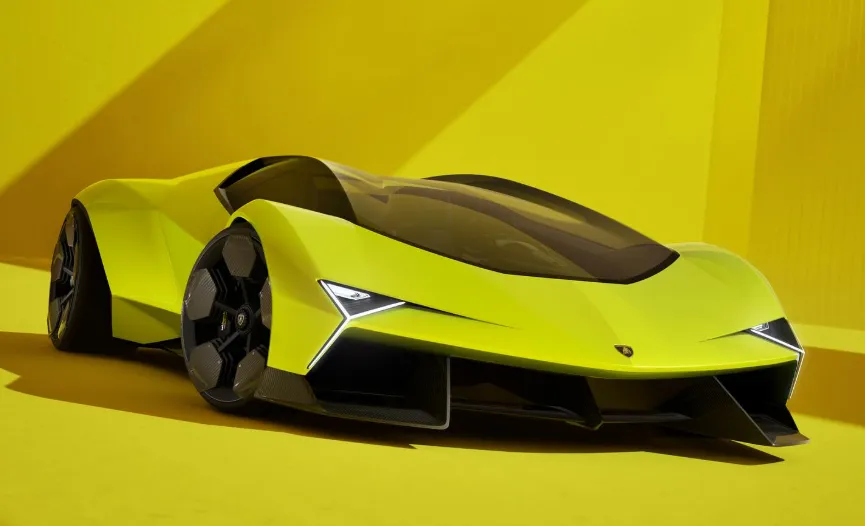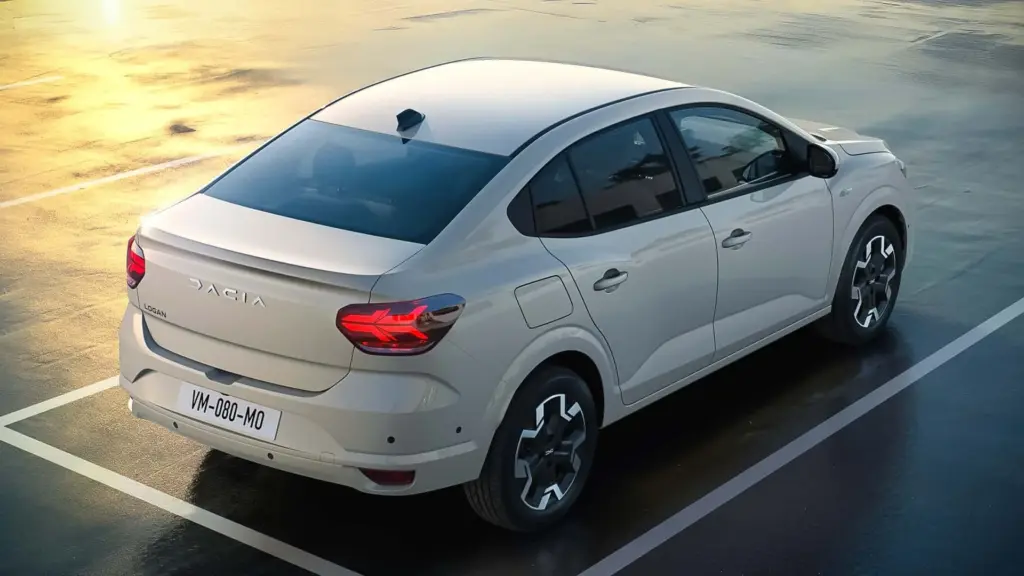The Tesla Model Y Juniper features significant changes that warrant a detailed analysis. The model update highlights the pursuit of a unified visual identity, incorporating design elements from the Cybertruck and technological enhancements that directly influence performance and user experience.
The redesign of the Model Y, codenamed Juniper, comes with adjustments that affect both the aesthetics and functionalities of the vehicle. This article examines the design changes, technological innovations, market positioning impact, and performance improvements, providing a technical and journalistic perspective without exaggeration.
Cybertruck-Inspired Design Defines the New Model Y
The new aesthetic approach adopts features reminiscent of the Cybertruck, showcasing a light bar that extends across the width of the vehicle’s front. The thinner headlights and adjustments to the rear reflect Tesla’s attempt to create a more uniform visual identity across its models. This strategy seems aimed at reinforcing the brand’s image through recognizable and consistent elements.
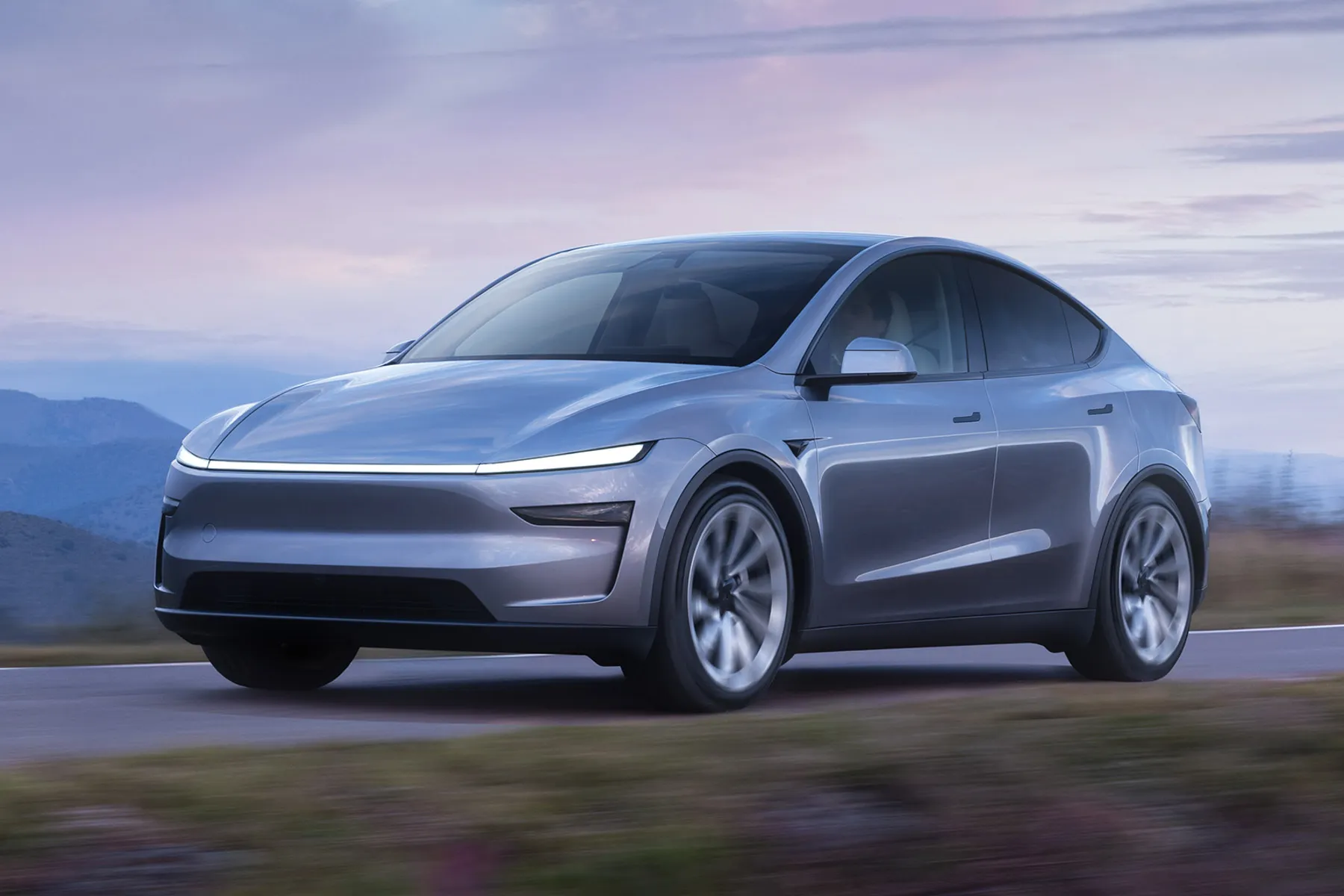
Beyond aesthetics, the design changes have functional implications. The adjustment at the front, with the integrated light bar just below the hood line, and a sturdier rear light bar, aim to balance aesthetics with the car’s aerodynamics. These details may influence consumer perception, leading them to view the vehicle as a modern option within the electric SUV segment.
Technology and Comfort Enhance Performance
The Model Y Juniper integrates technological innovations that contribute to a more efficient driving experience. The addition of a new front camera, positioned at the air intake of the bumper, is one of the improvements that can assist with parking and the use of the Tesla Autopilot system. This update, while technical, demonstrates a commitment to safety and practicality in daily use.
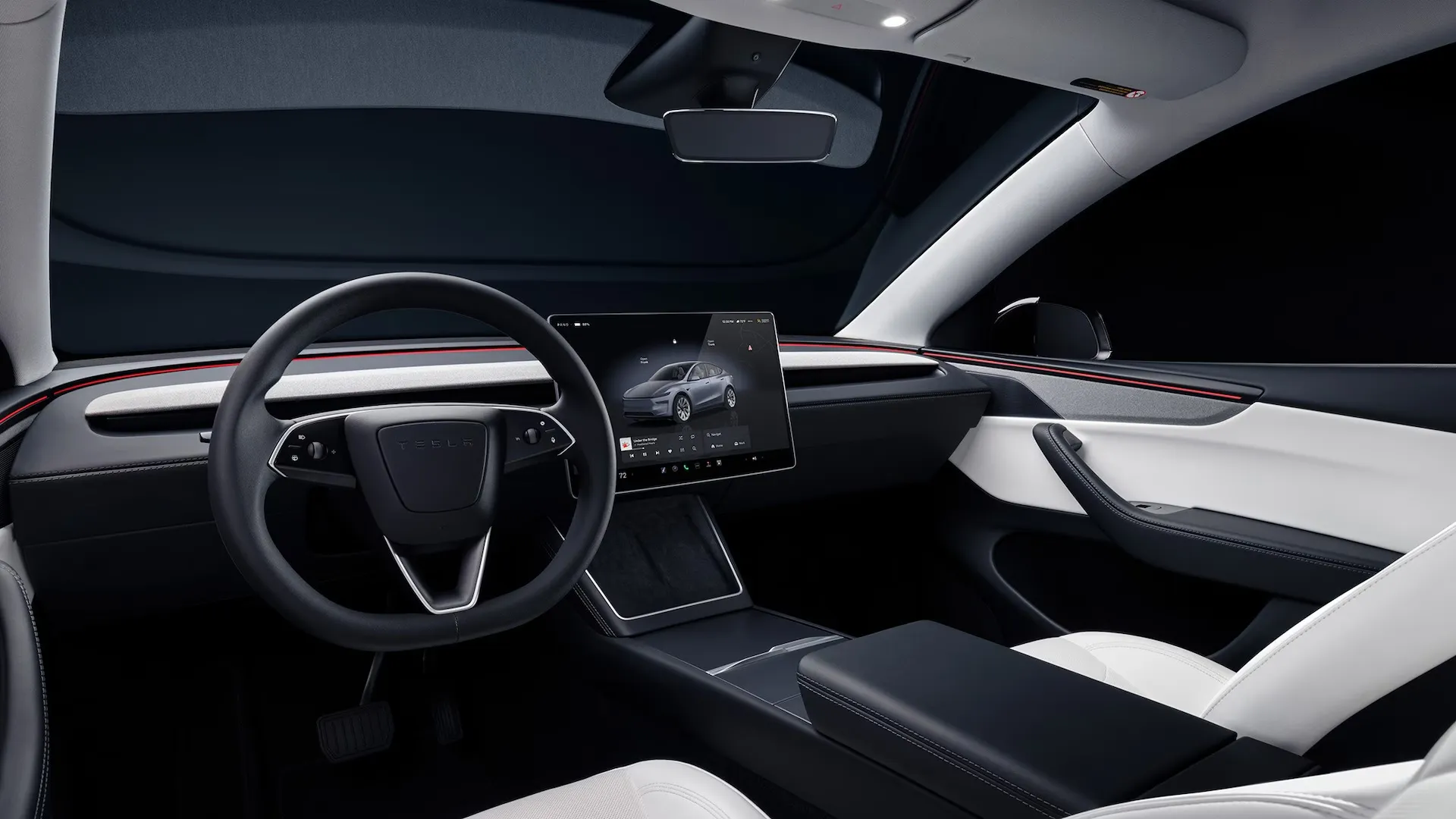
The interior has also received attention with the installation of a light strip that runs along the dashboard and ventilated, electric rear seats. These elements, combined with a small touchscreen in the center console, provide comfort and functionality for passengers. The internal changes aim to optimize space and enhance the travel experience, reflecting a balance between design and practicality.
Price Increase Impacts Market Positioning
The new launch features a price adjustment of approximately 20% compared to the previous generation. This change in price may affect the competitiveness of the Model Y, especially in light of the growing market for electric SUVs and crossovers. The price difference has been a point of discussion, as the older model was known for offering a more accessible option within the segment.
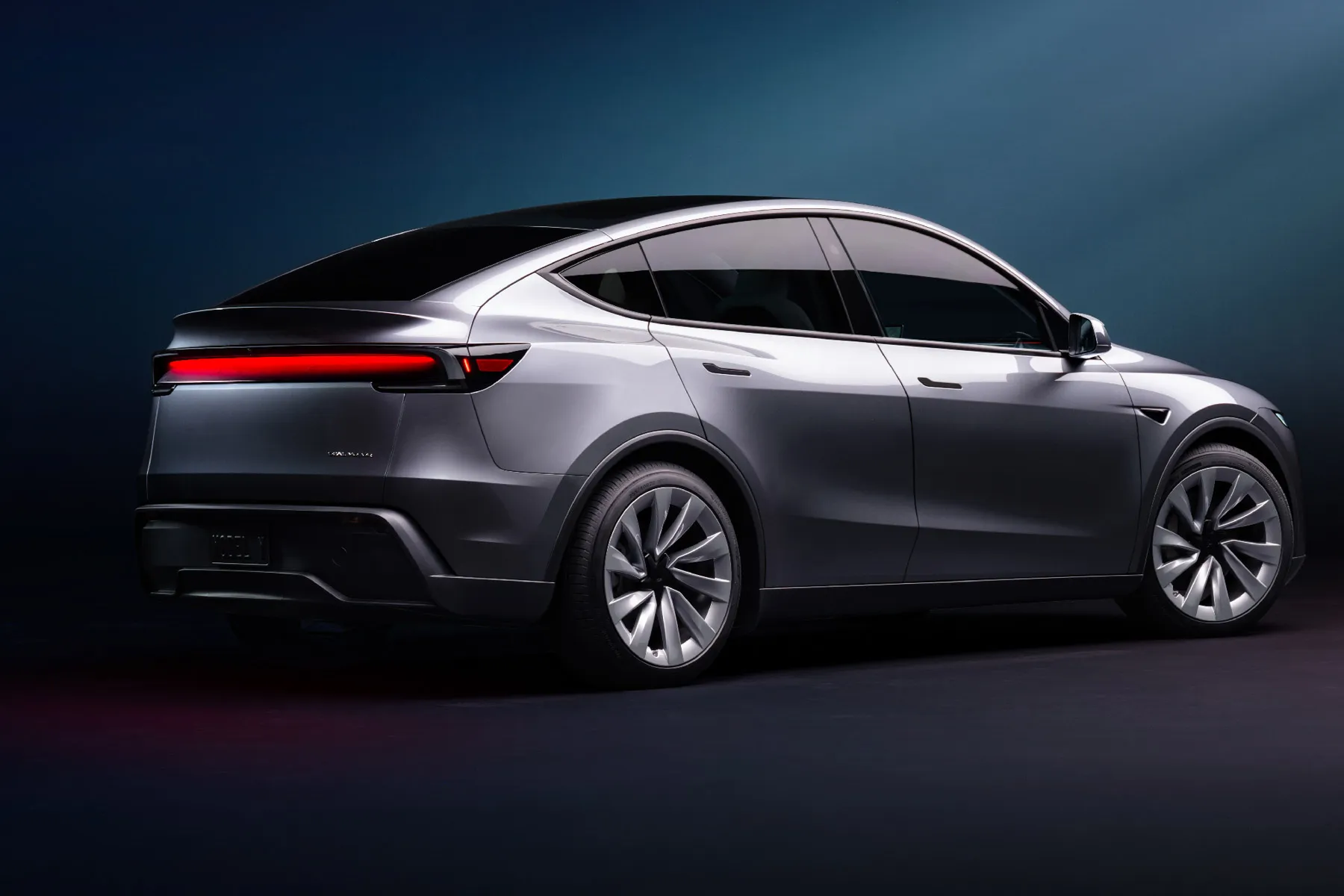
The price increase strategy is accompanied by improvements that seek to justify the extra investment. However, the decision to elevate the price raises questions about market acceptance, particularly as competition intensifies its offerings. Analyzing the impact on positioning shows that the cost-benefit relationship will be crucial for the success of the Juniper model.
Technical Innovations and Enhanced Powertrains
Among the technical highlights, the update to the Long-Range AWD version with 19-inch wheels allows for a range of 446 miles, a modest increment compared to the previous generation. The acceleration from 0 to 60 mph has been improved to 4.3 seconds in the AWD version, demonstrating a performance adjustment that may be relevant for speed enthusiasts without compromising energy efficiency.
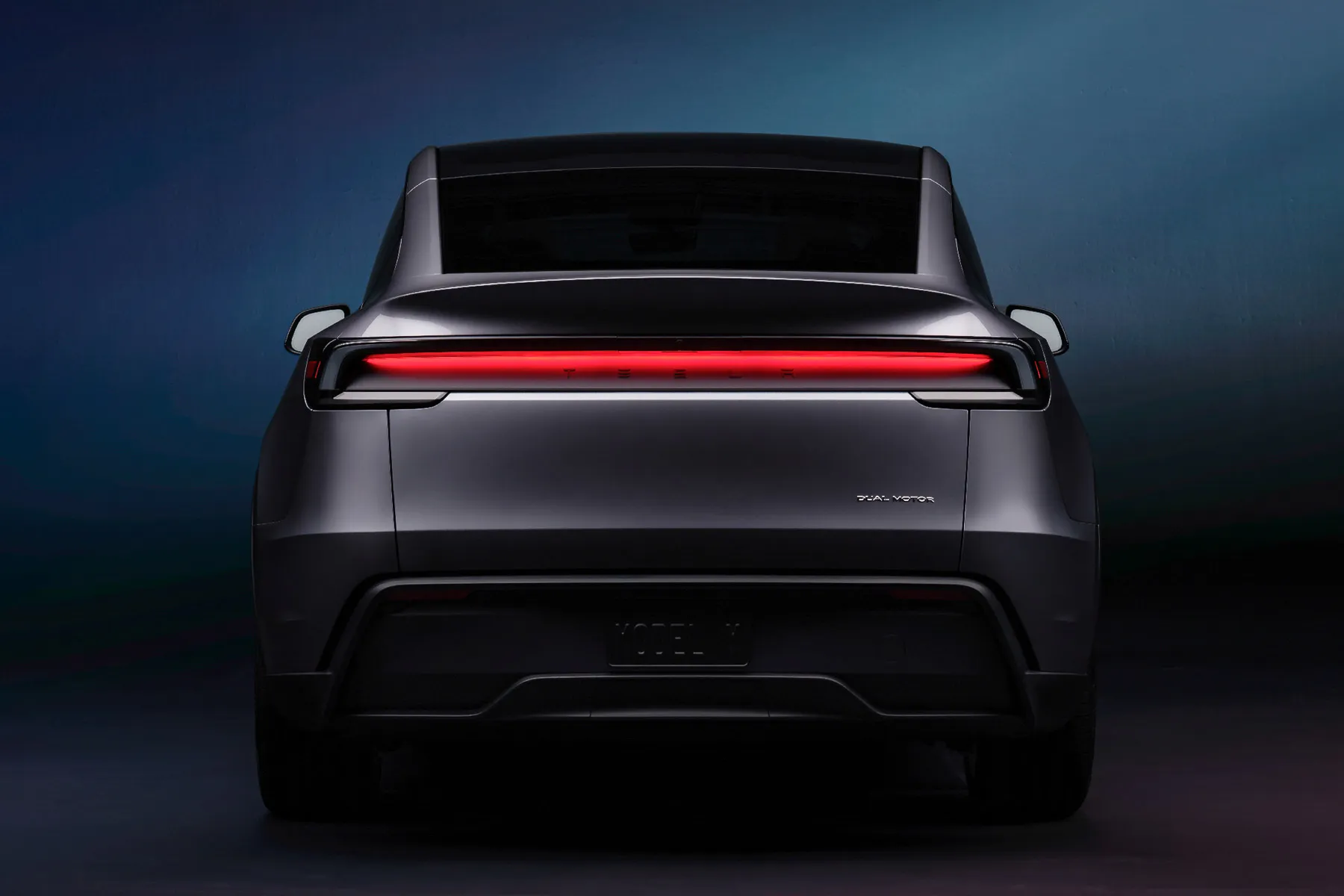
The improvements in powertrains and suspension indicate a balance between performance and comfort. The suspension adjustment aims to provide a smoother ride, while the use of acoustic glass contributes to reducing internal noise. These technical enhancements highlight Tesla’s concern in meeting the demands of an audience that seeks both efficiency and quality in the experience of driving an electric vehicle.
Gallery of Photos of the Tesla Model Y Juniper
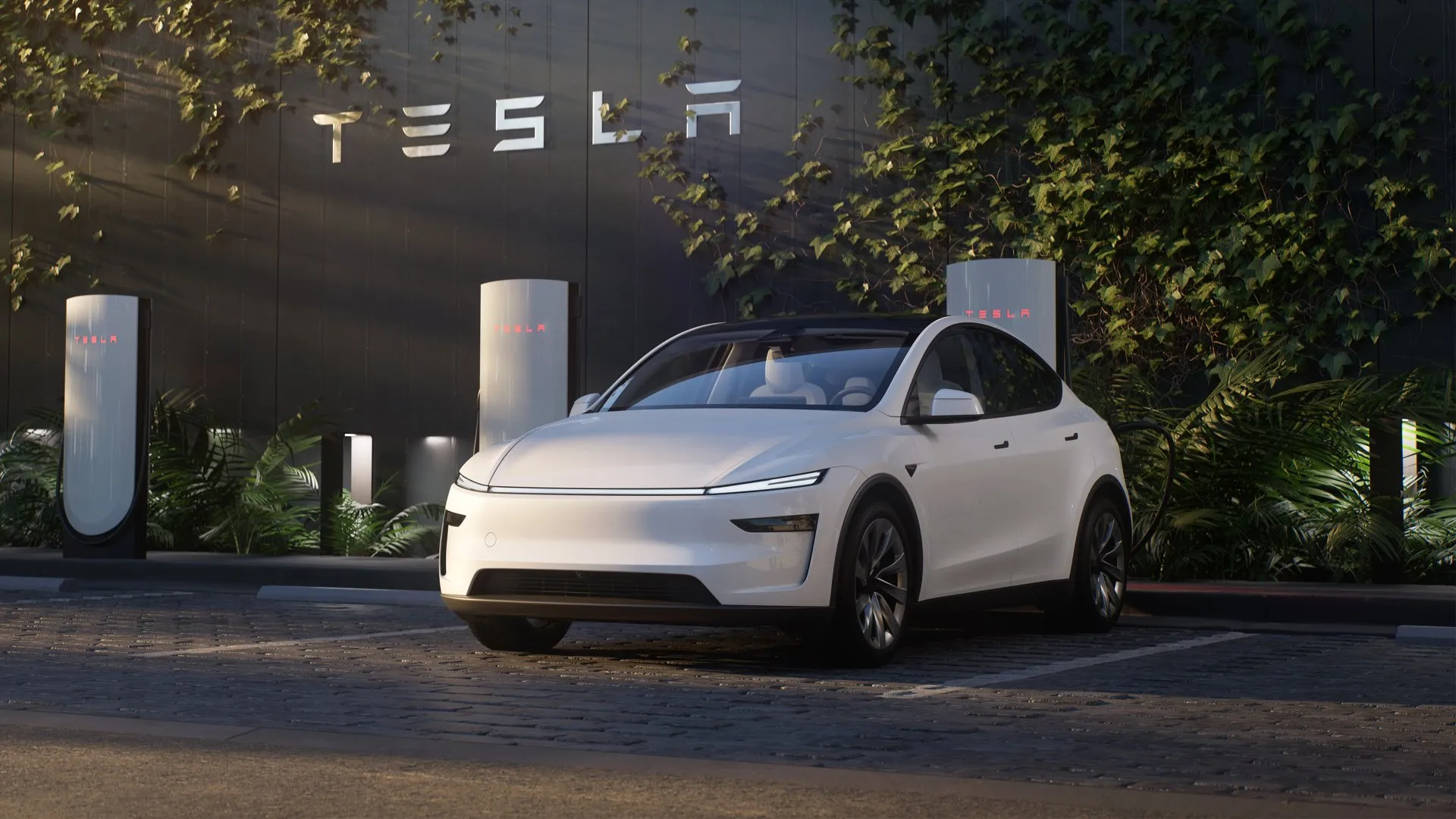
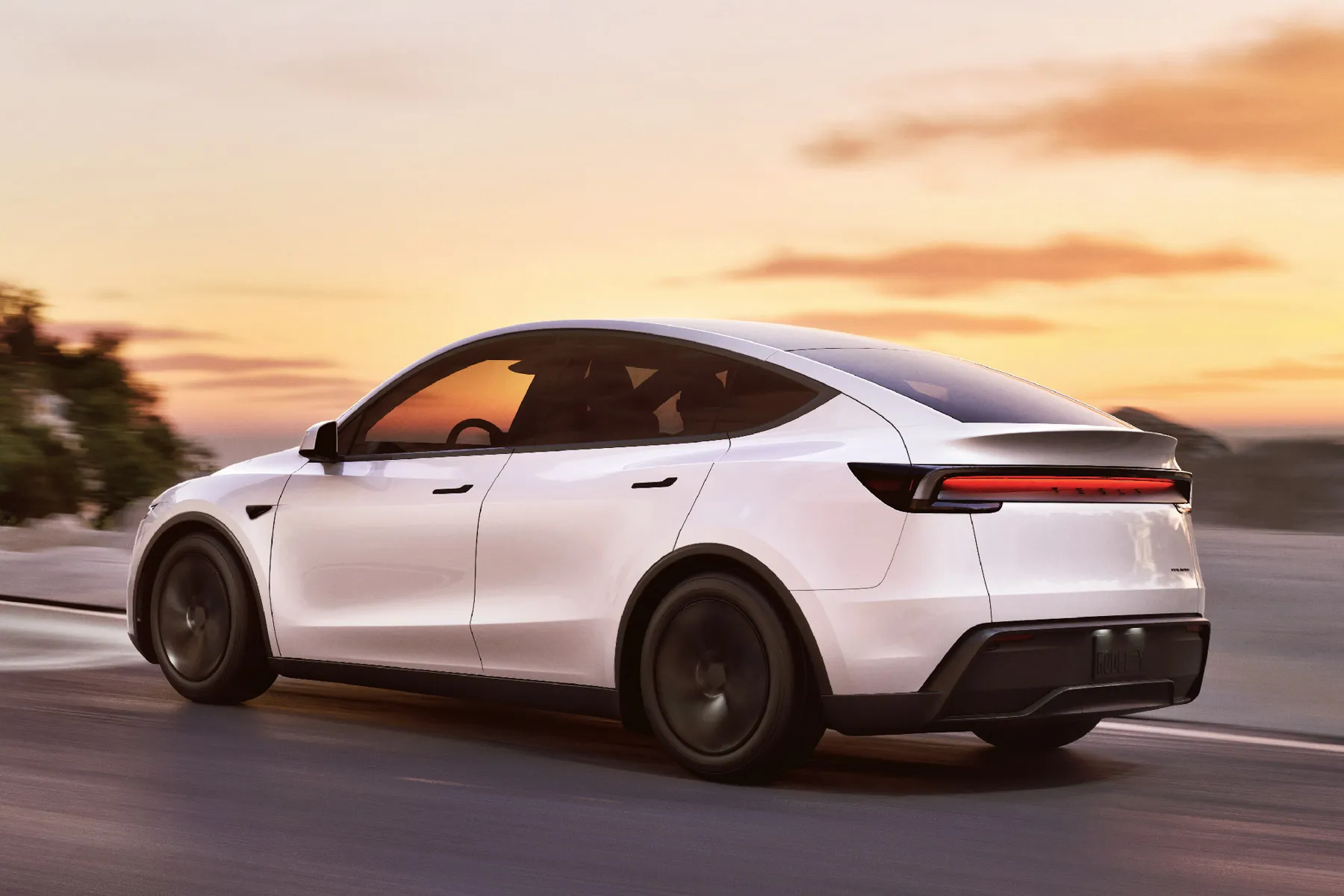
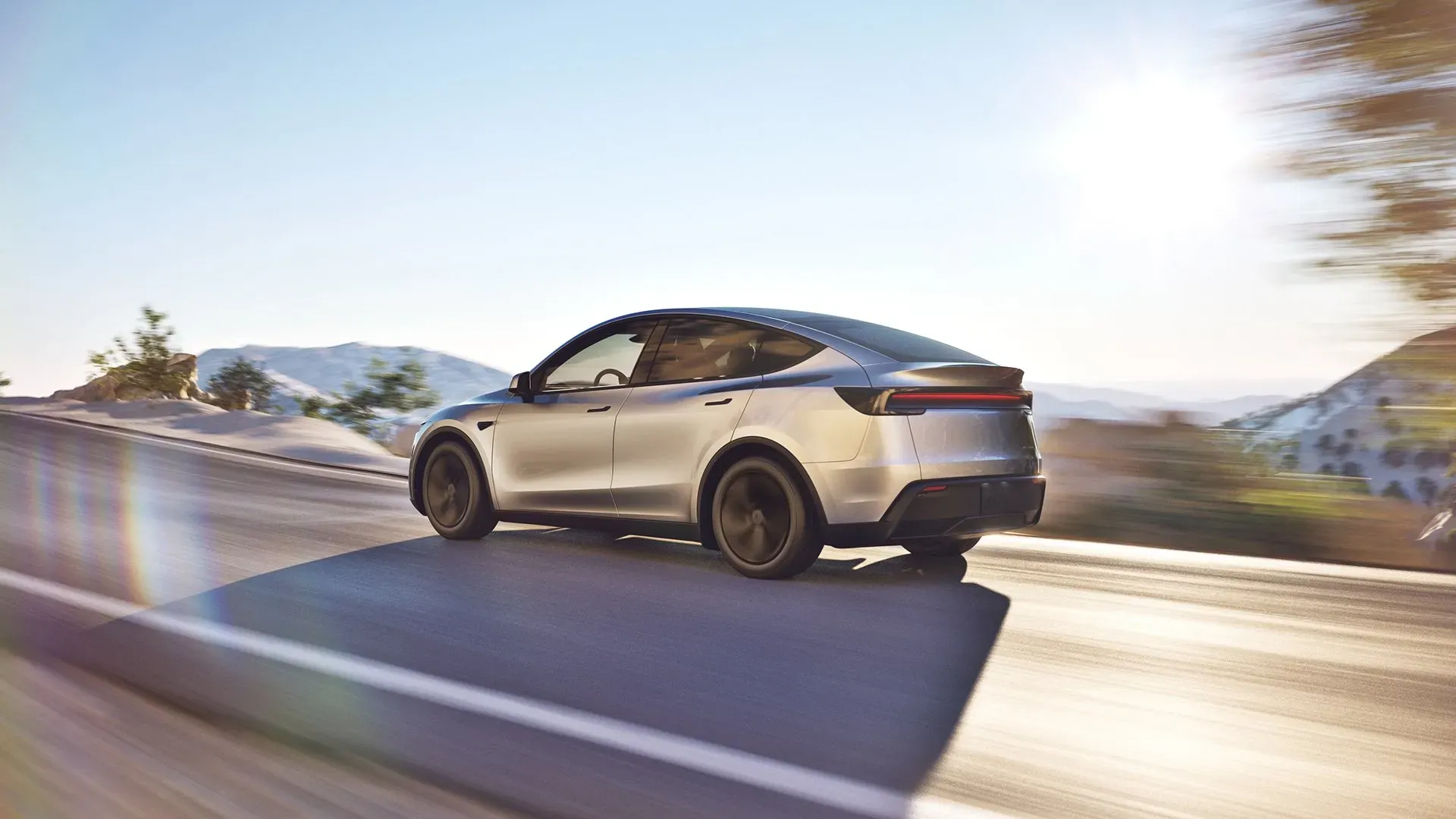

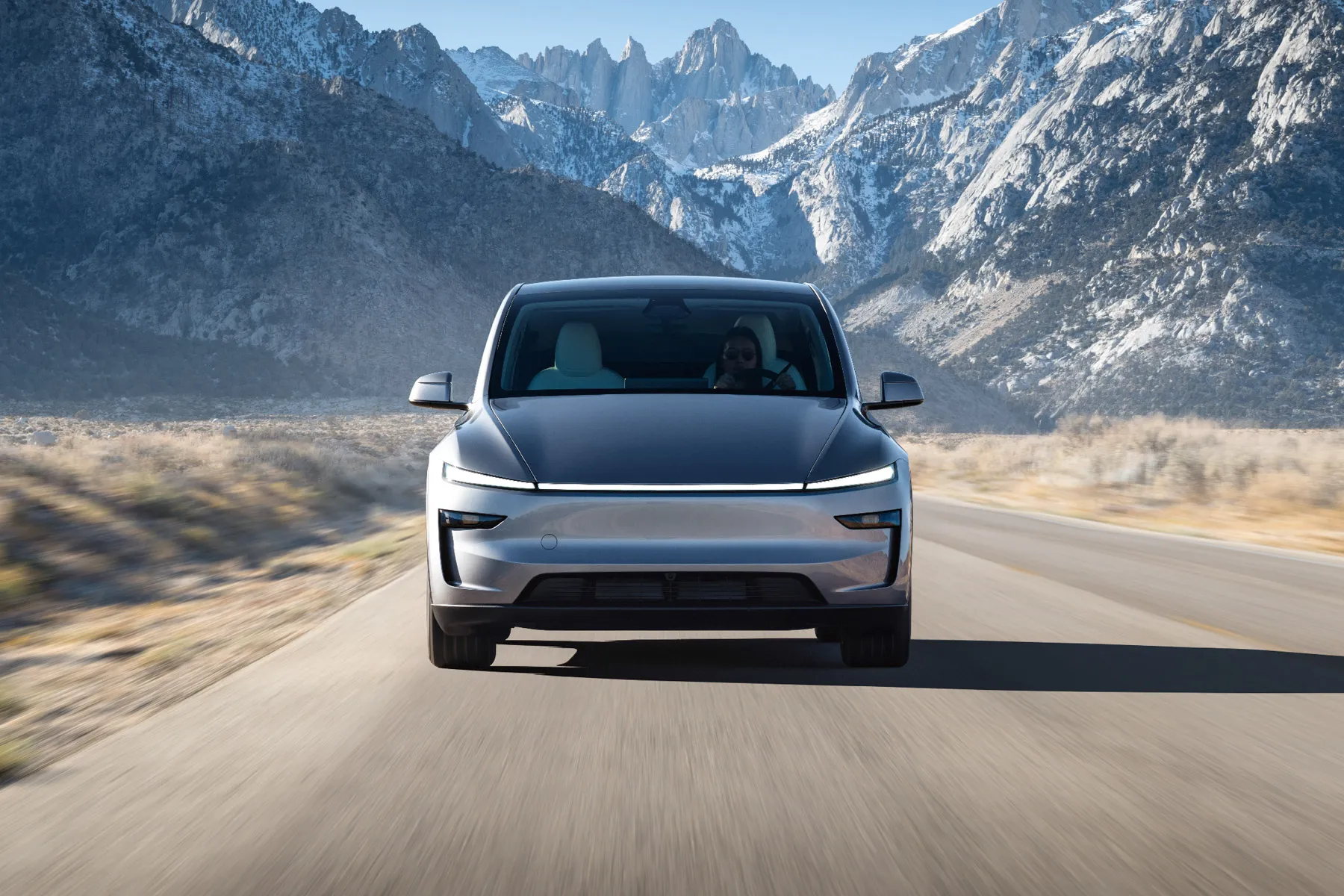
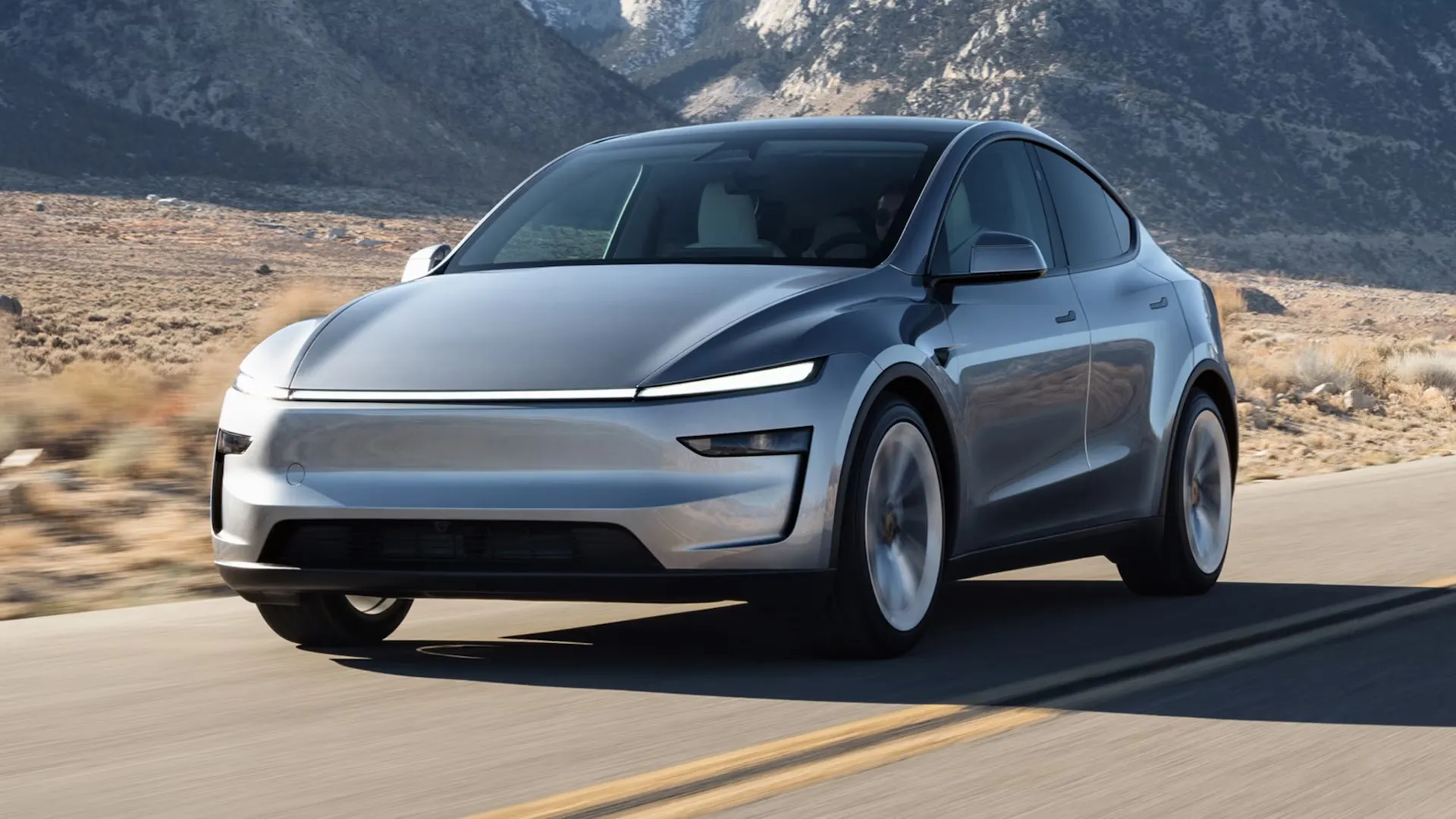
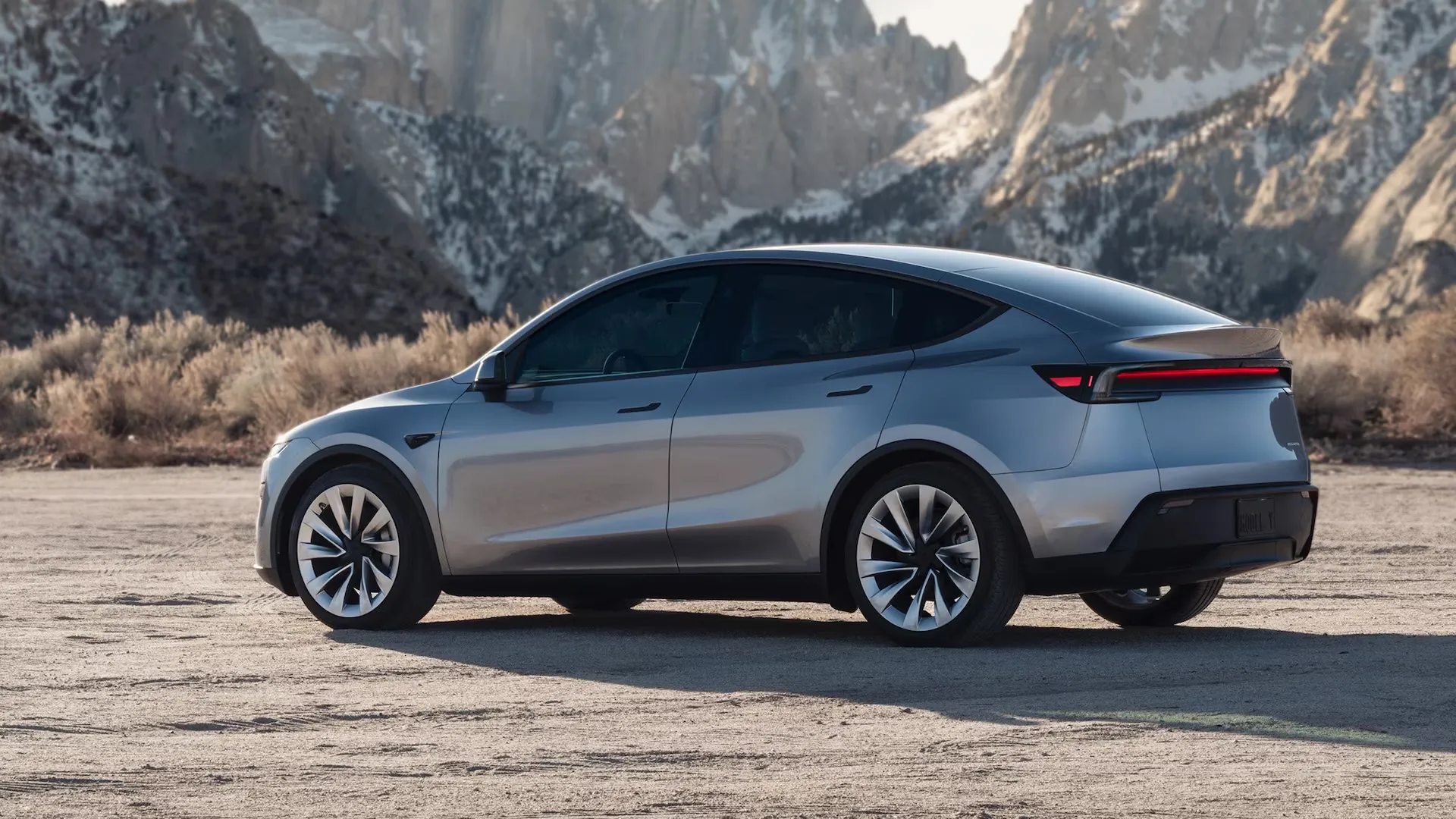



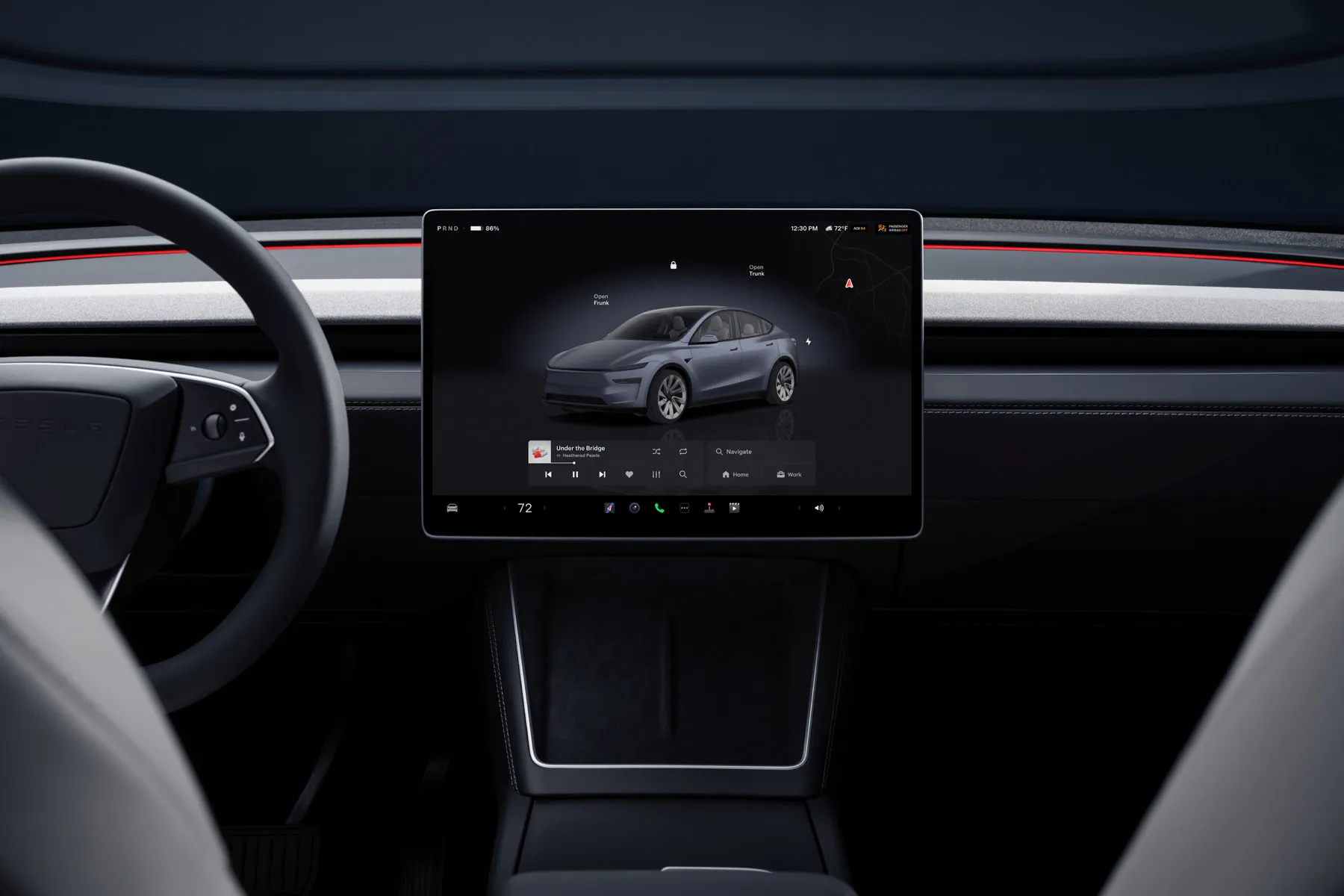
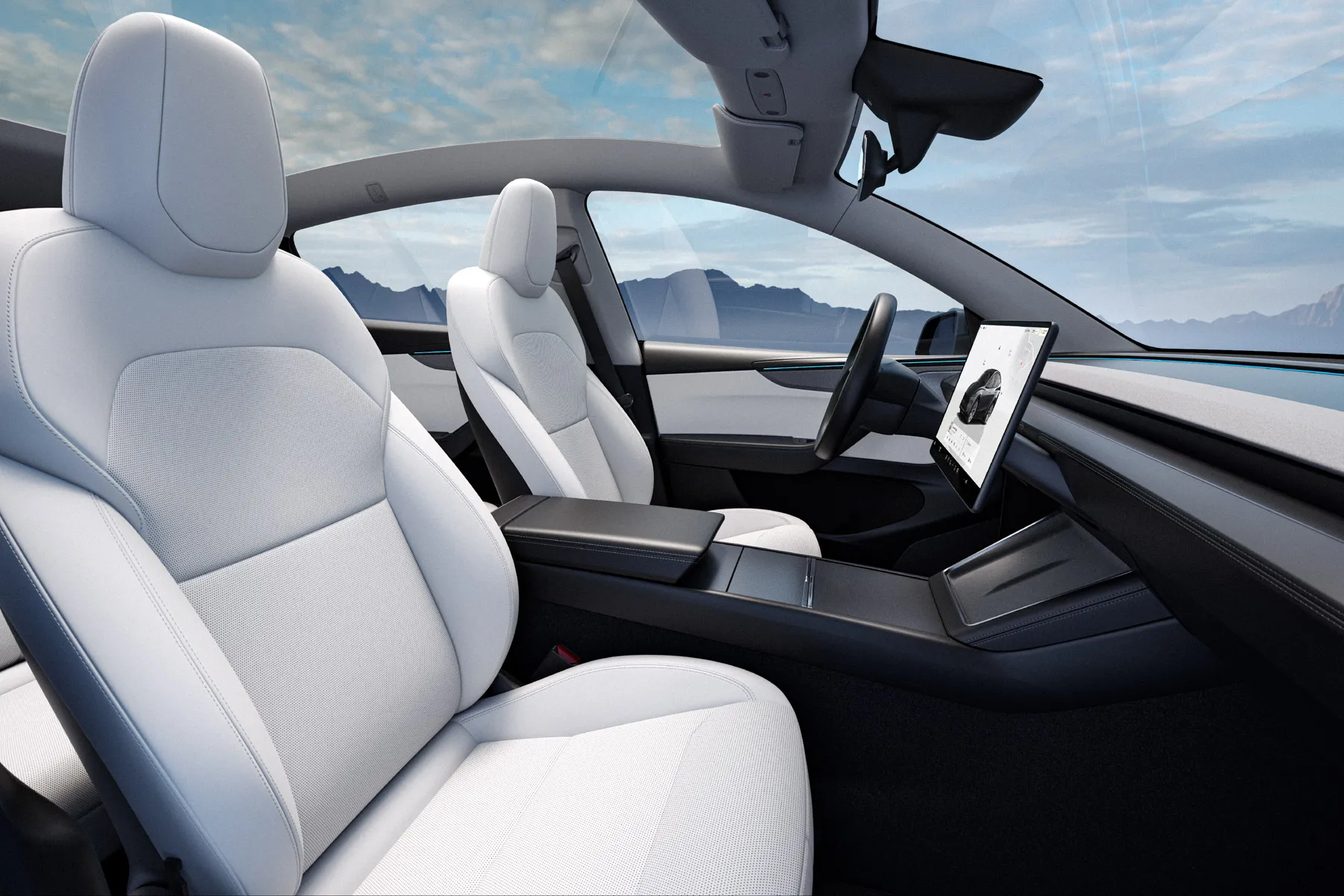
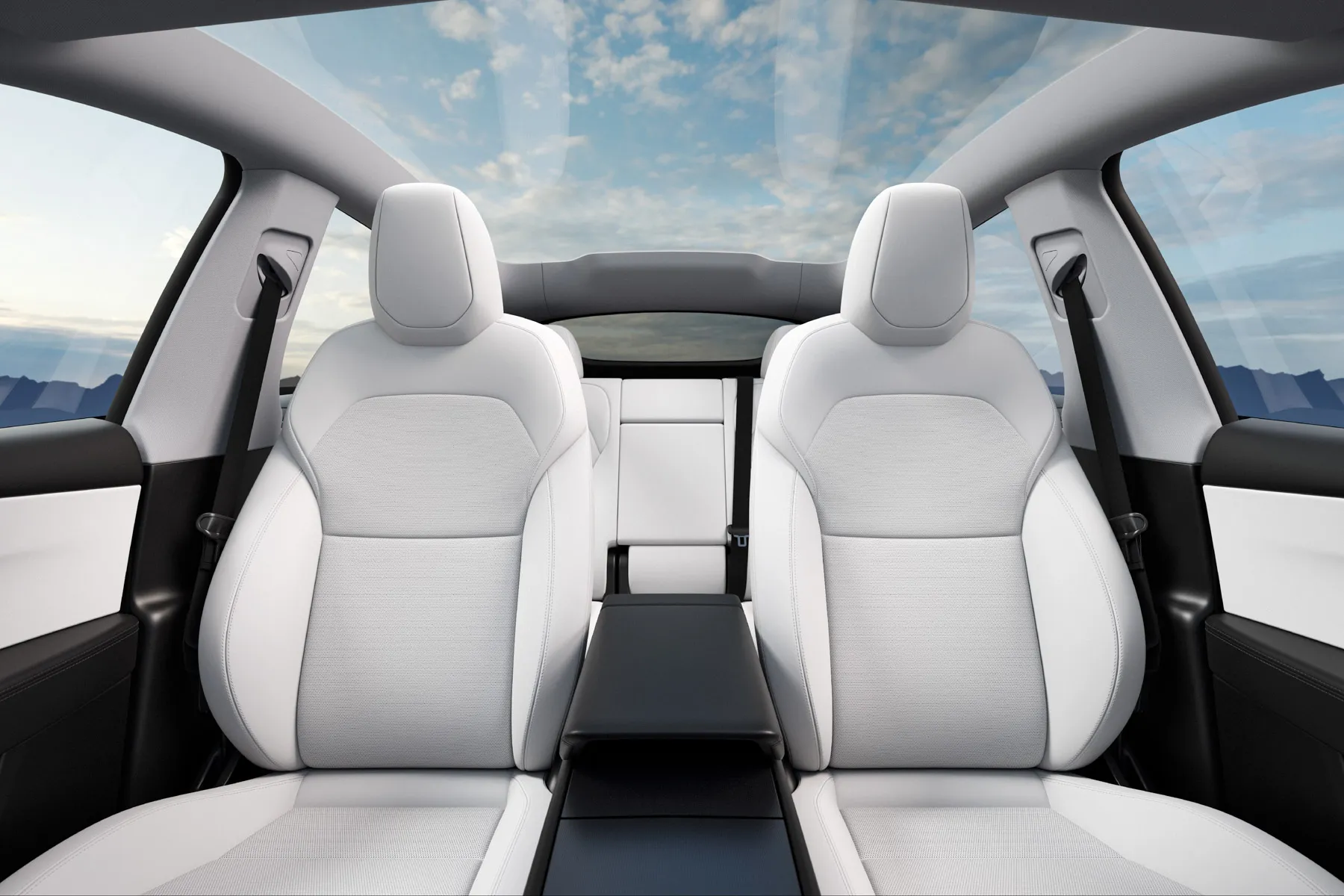
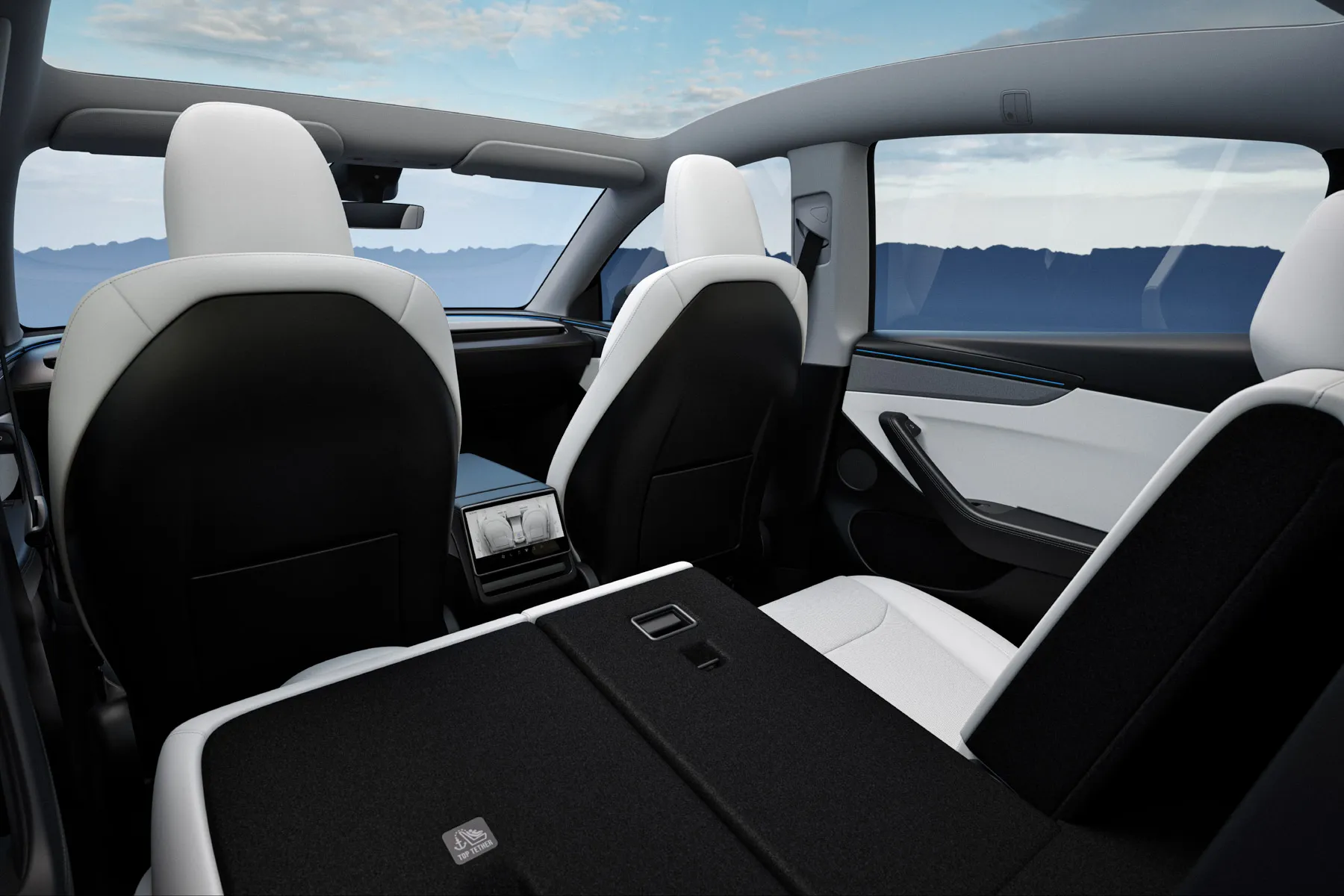

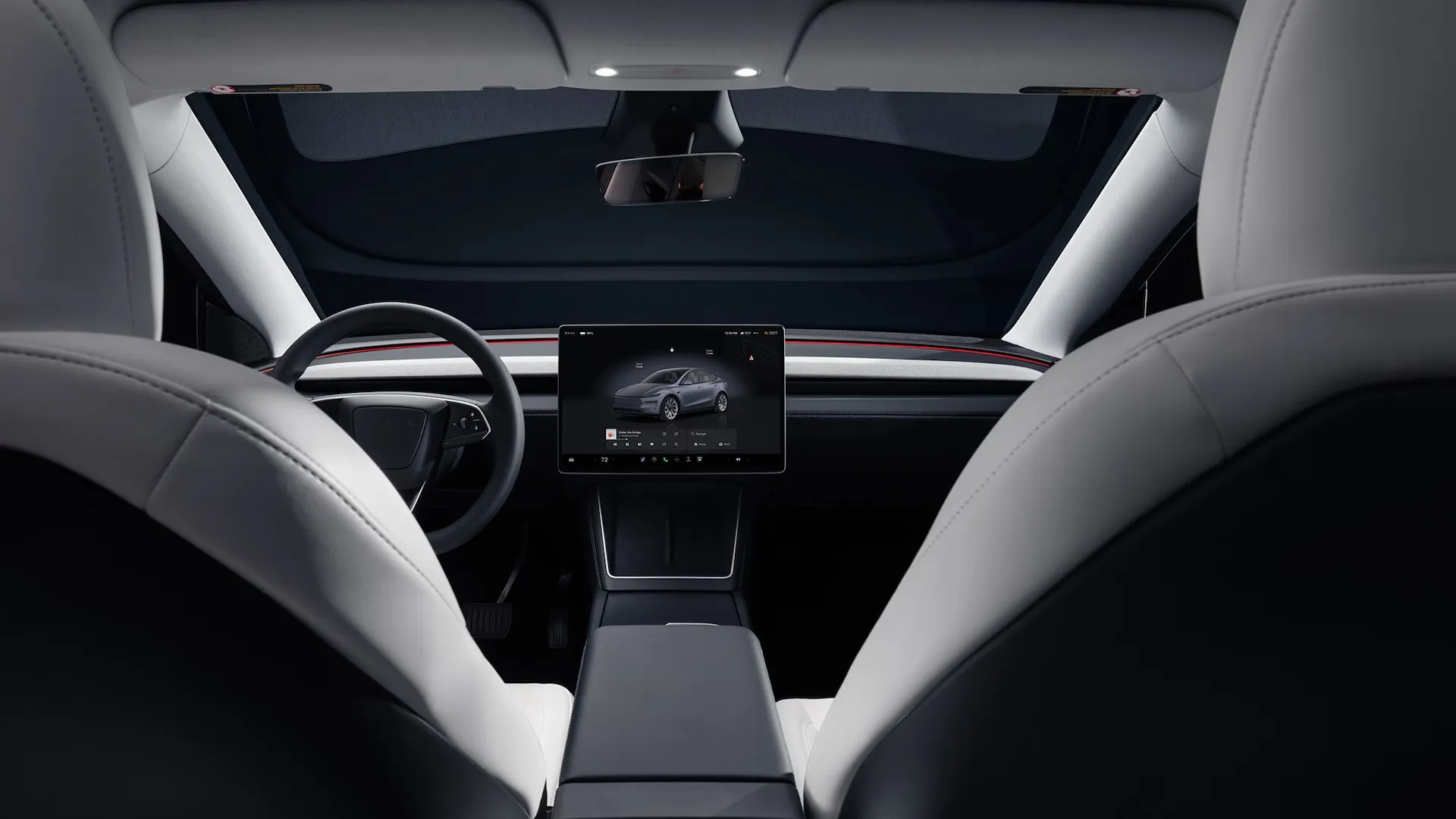
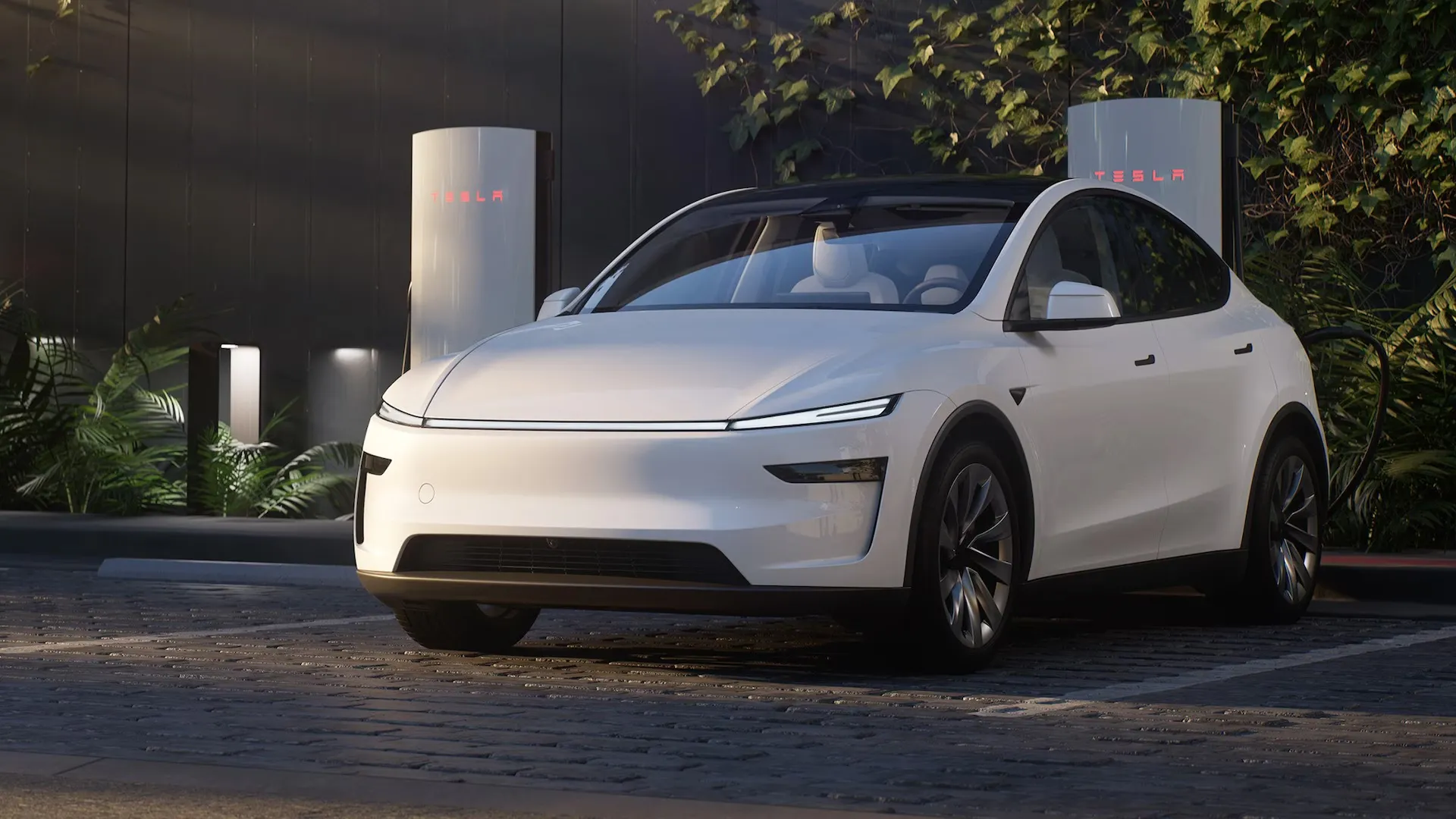
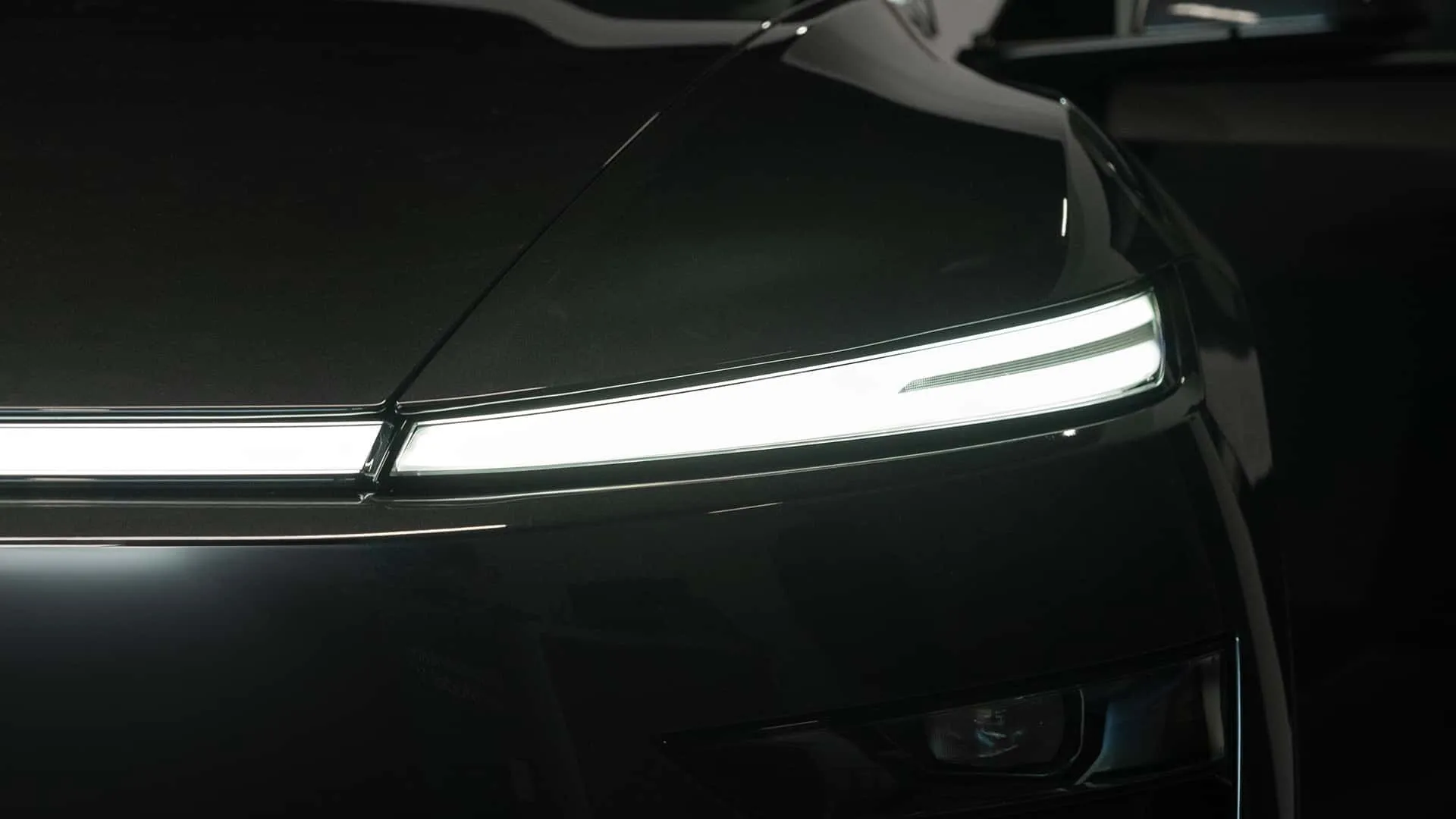
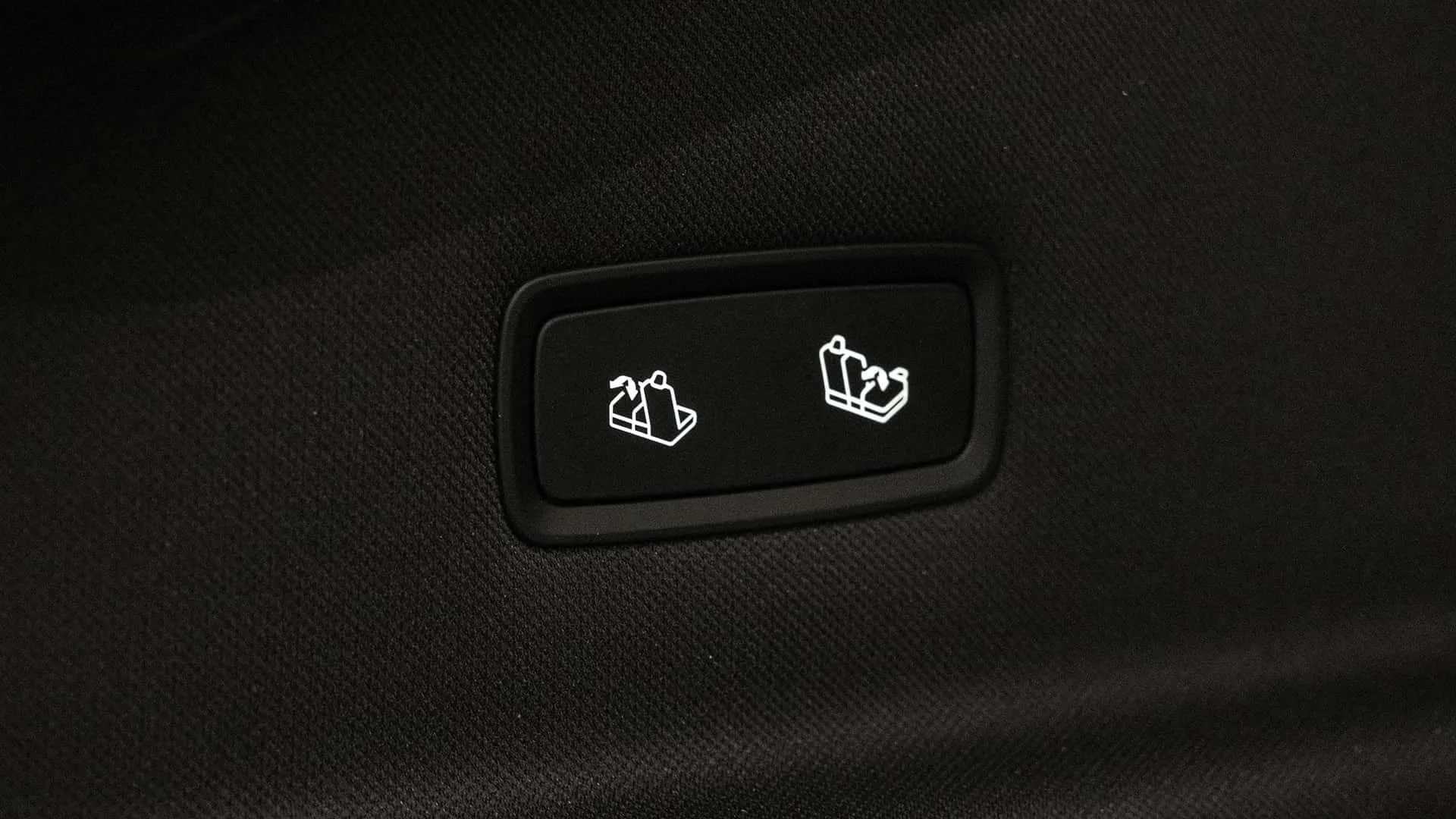
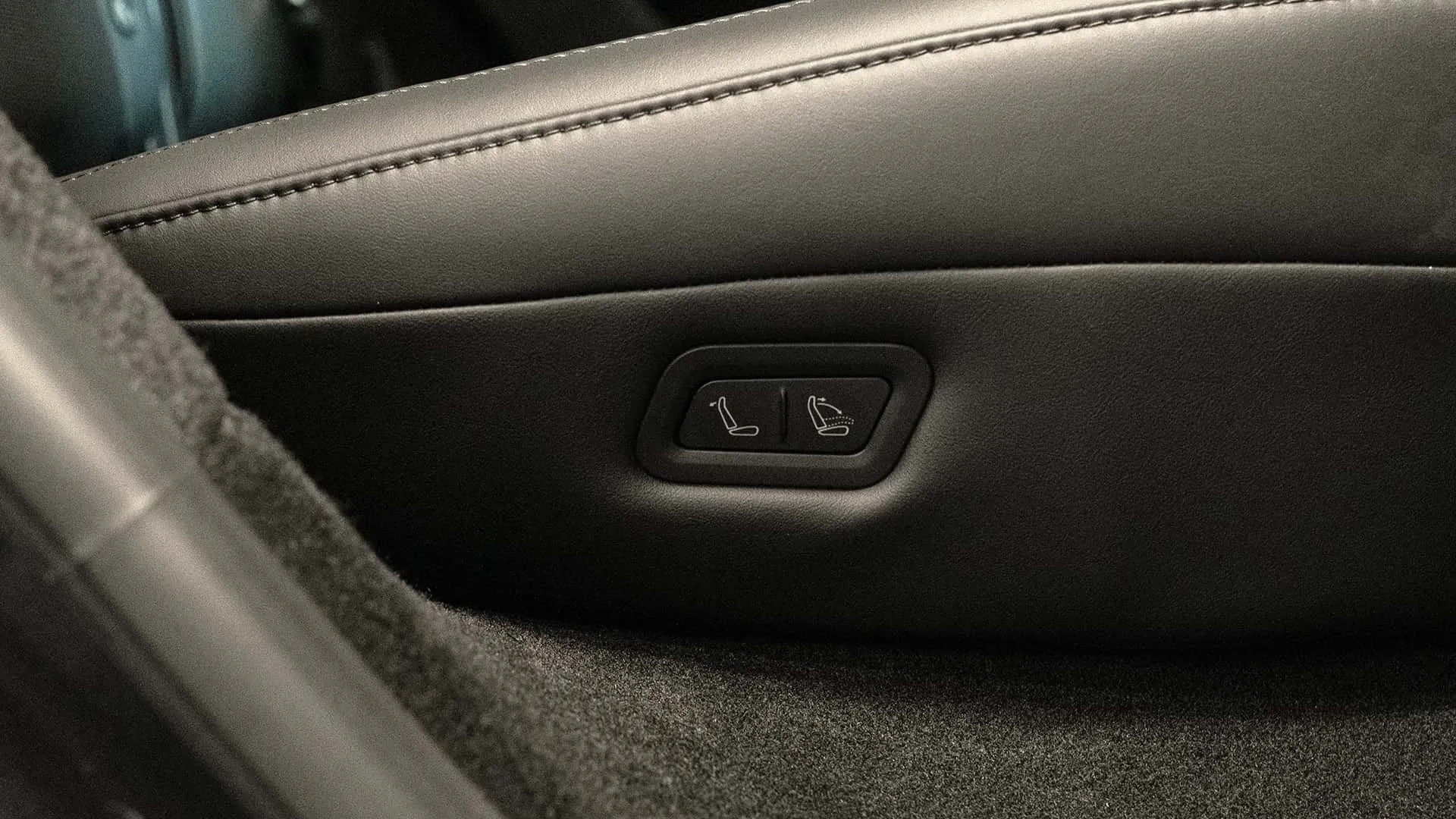
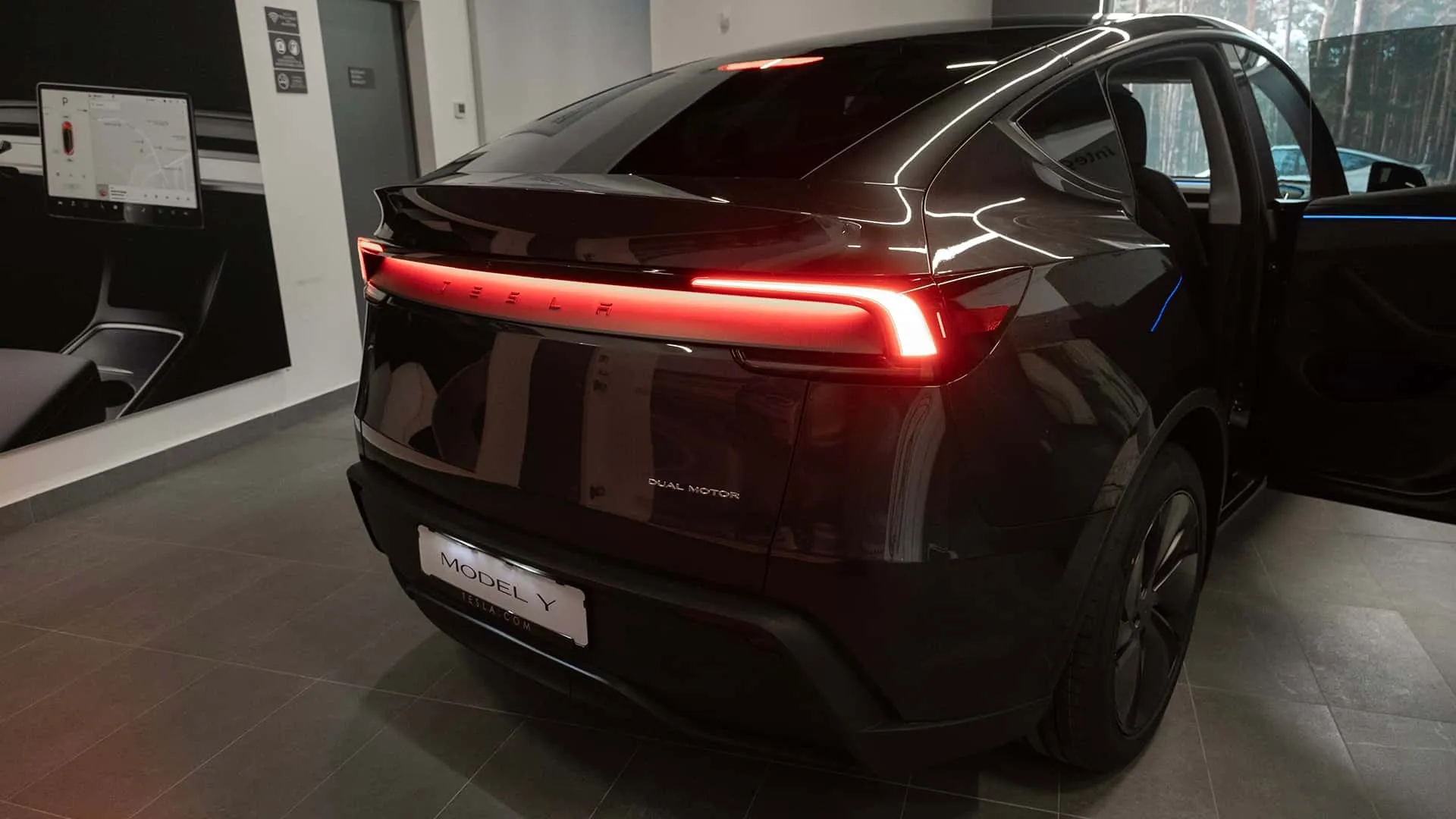
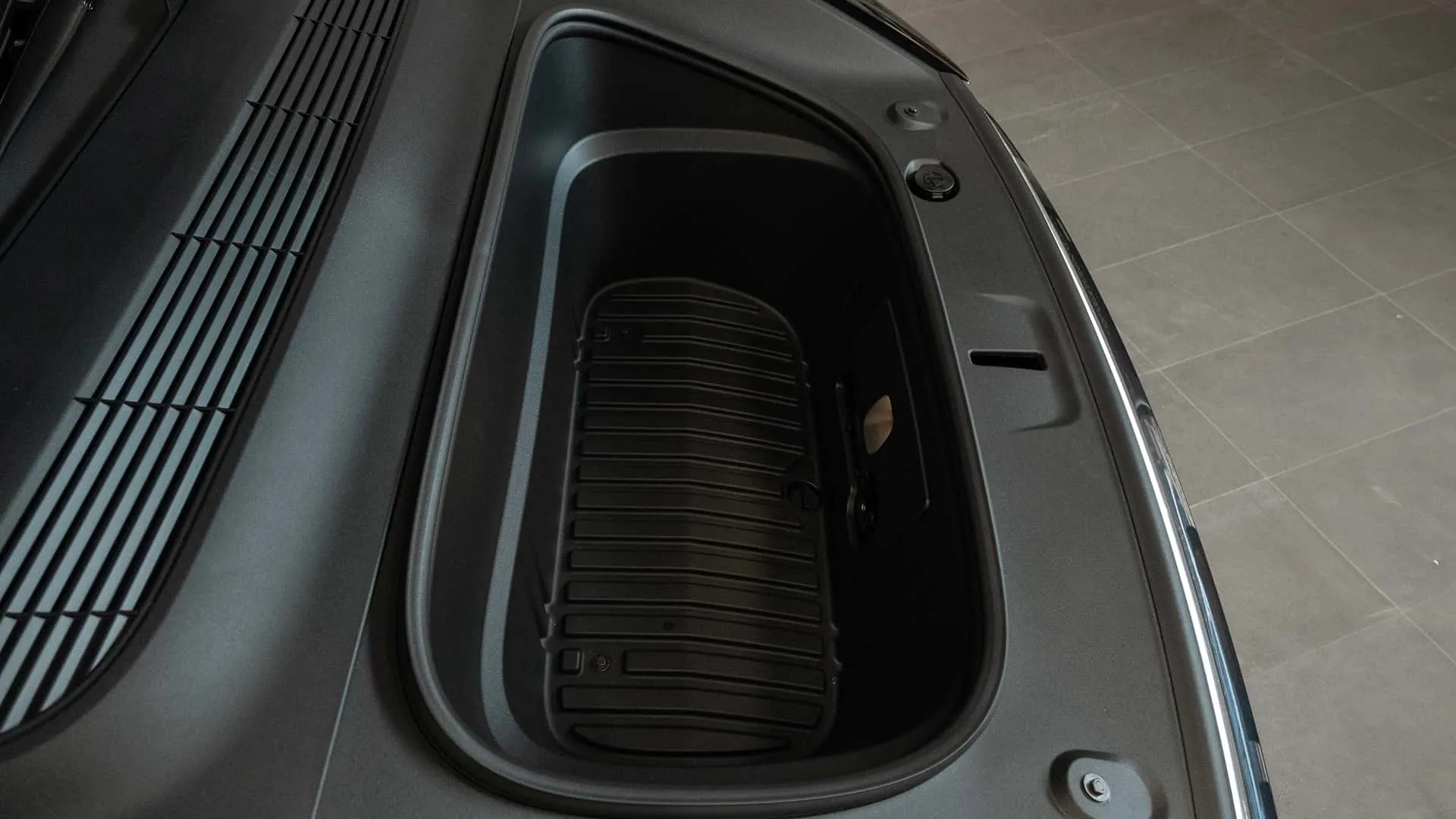
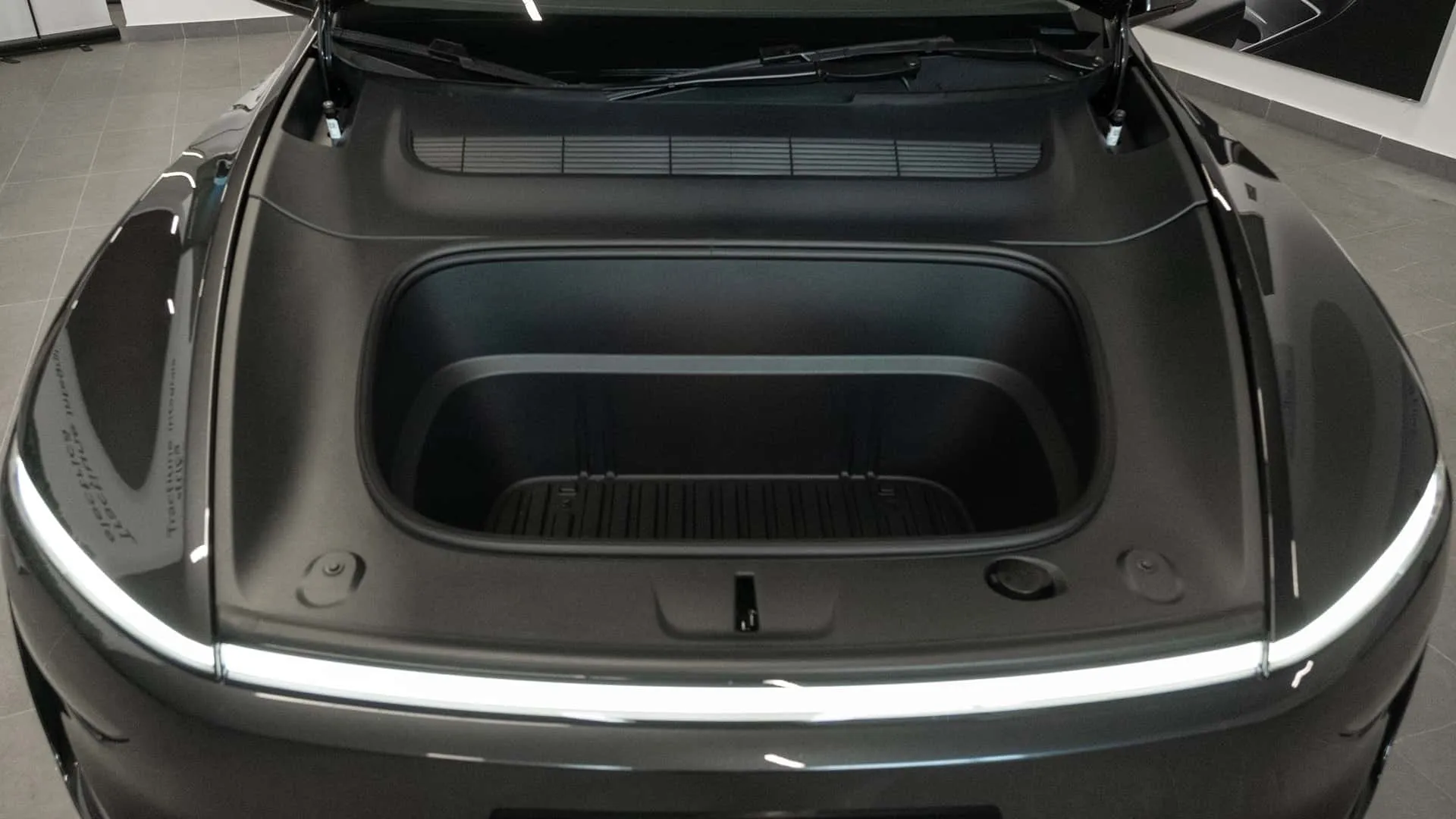
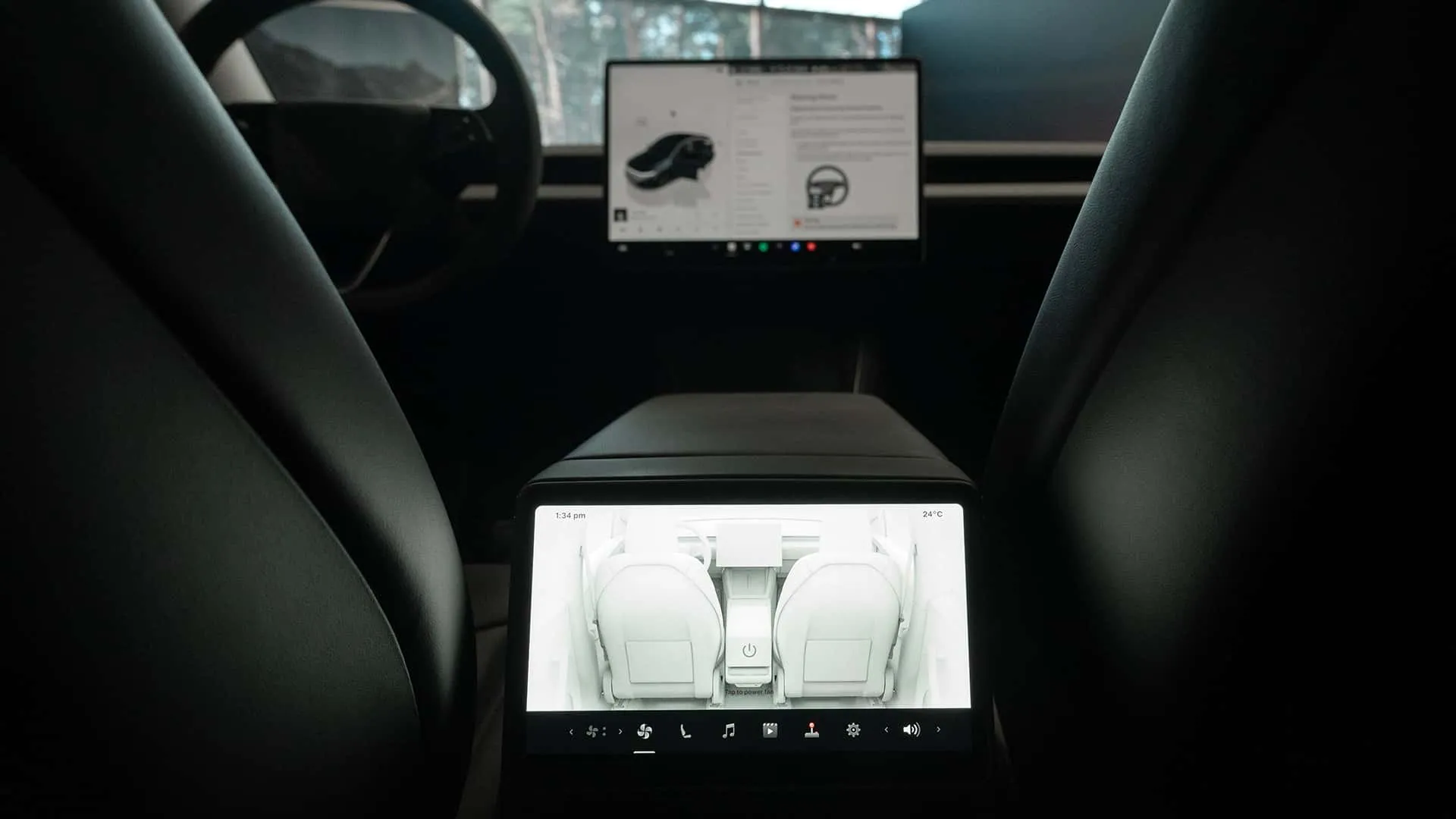
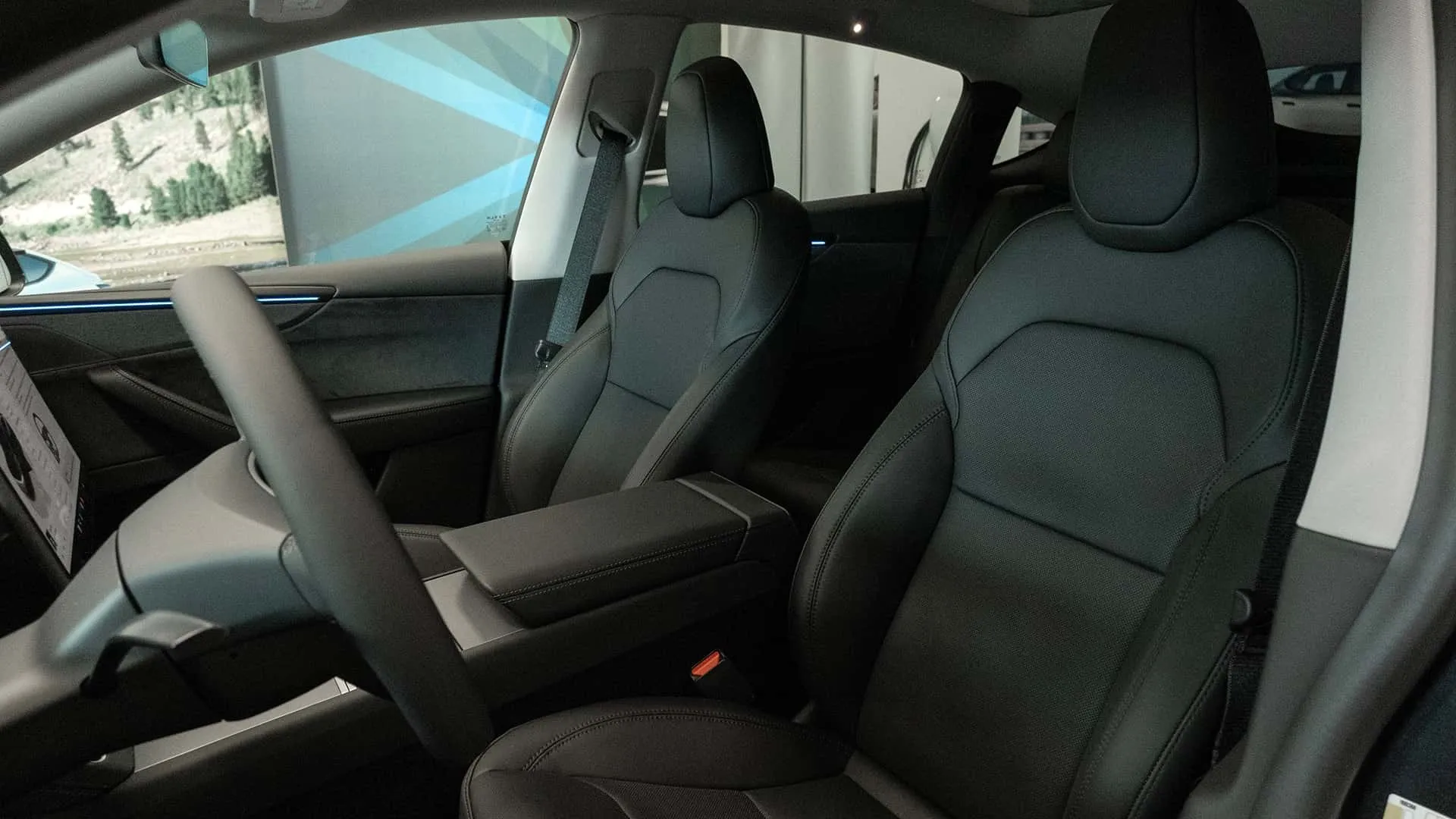
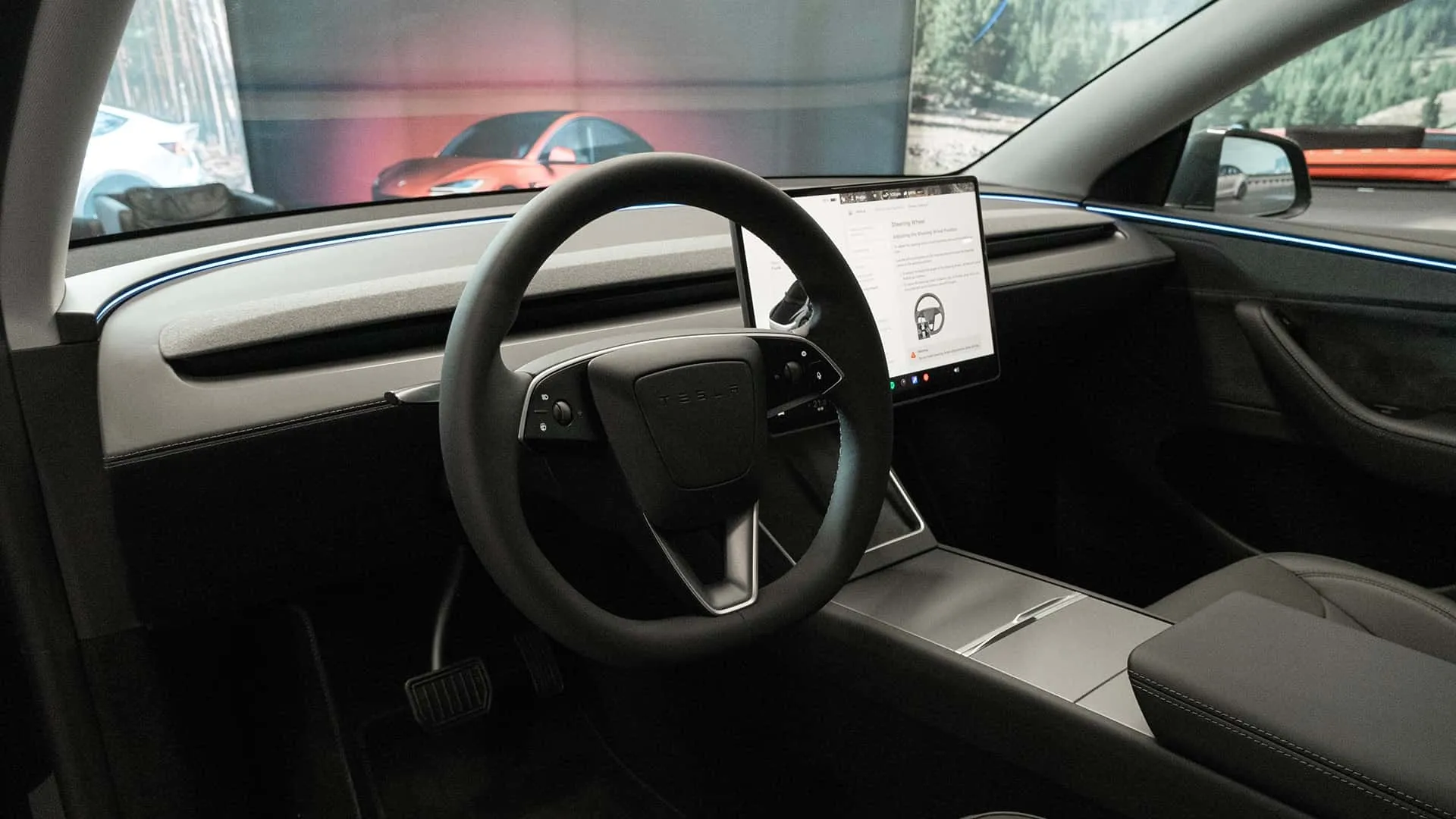
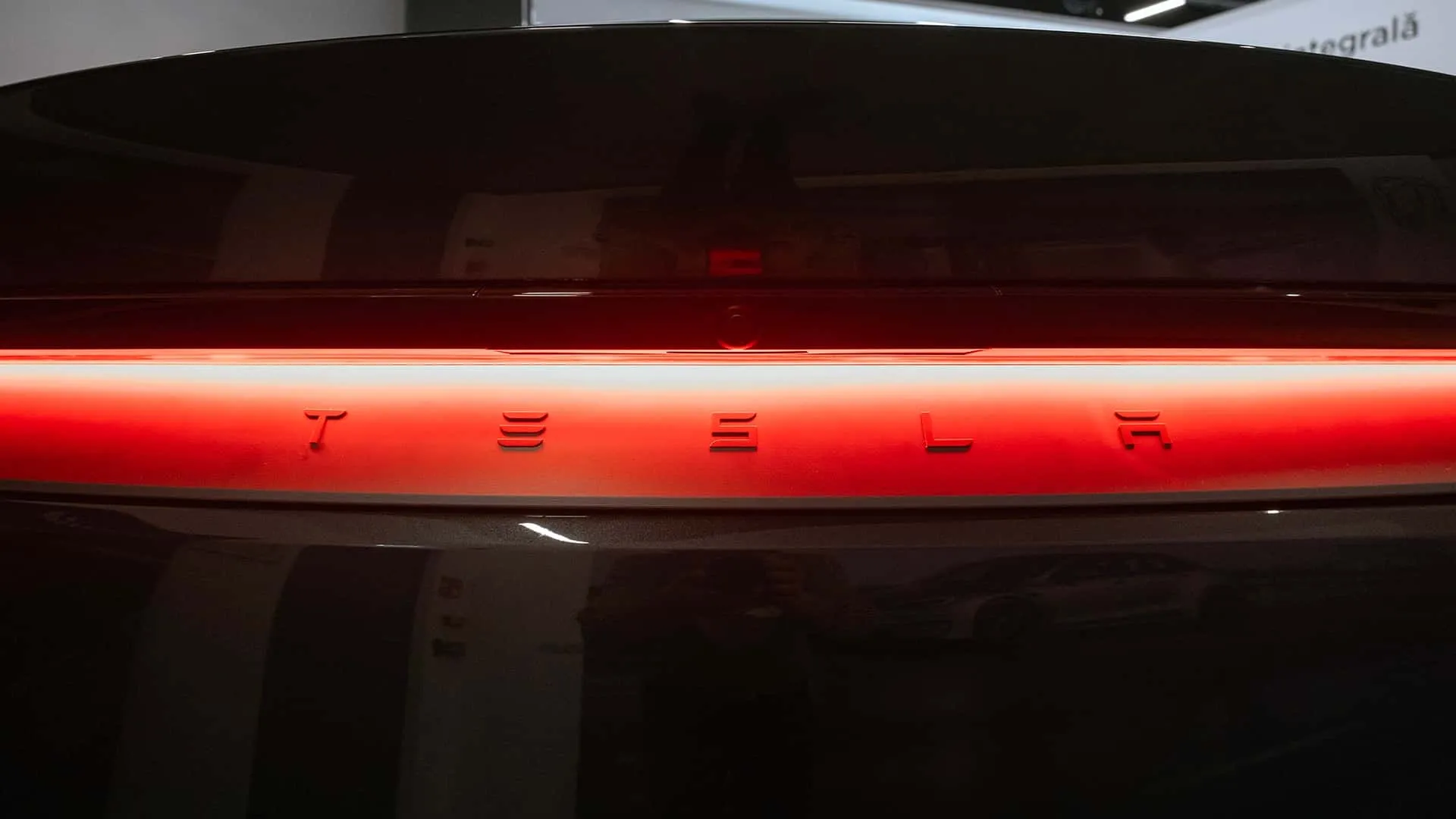
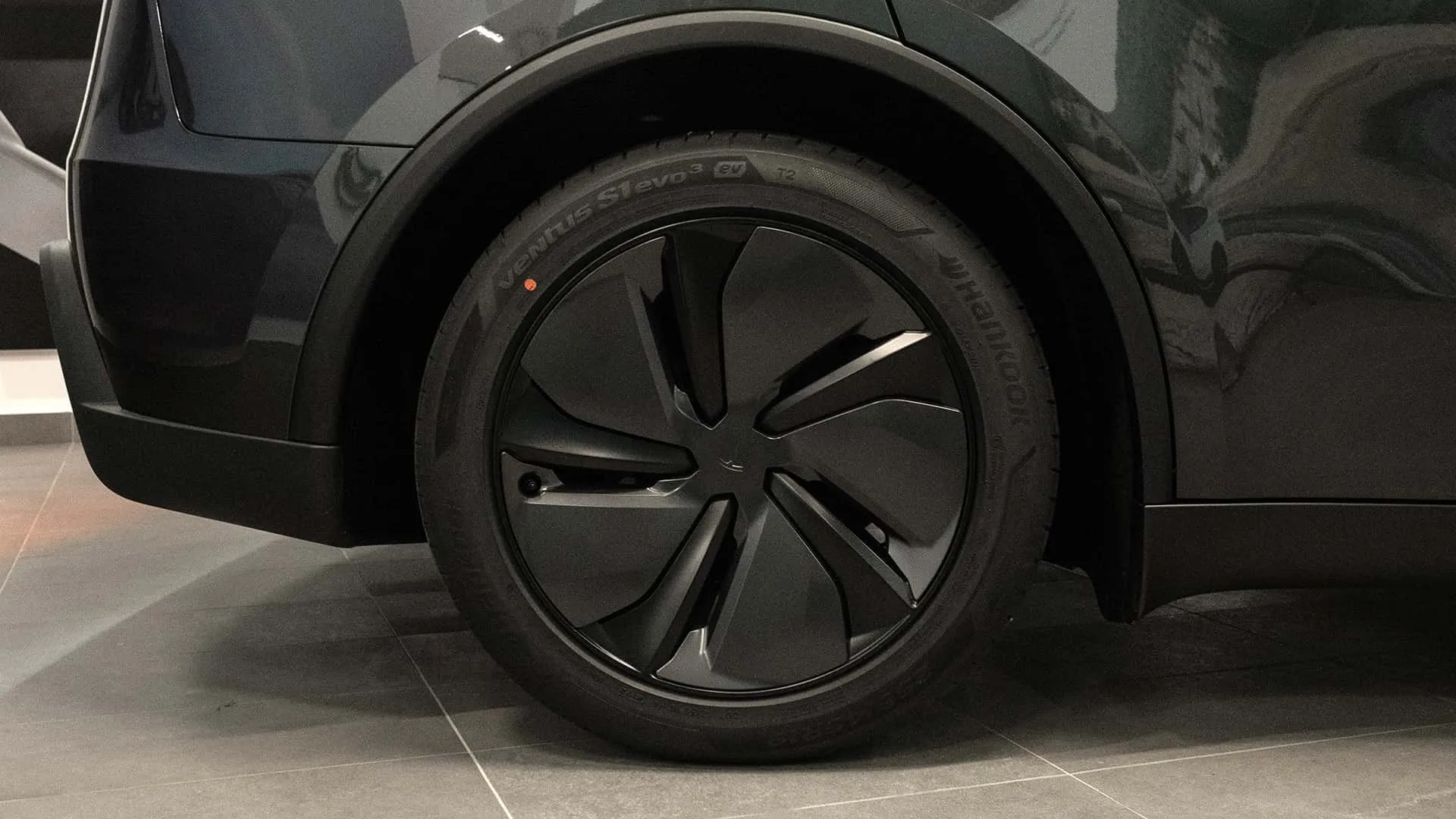

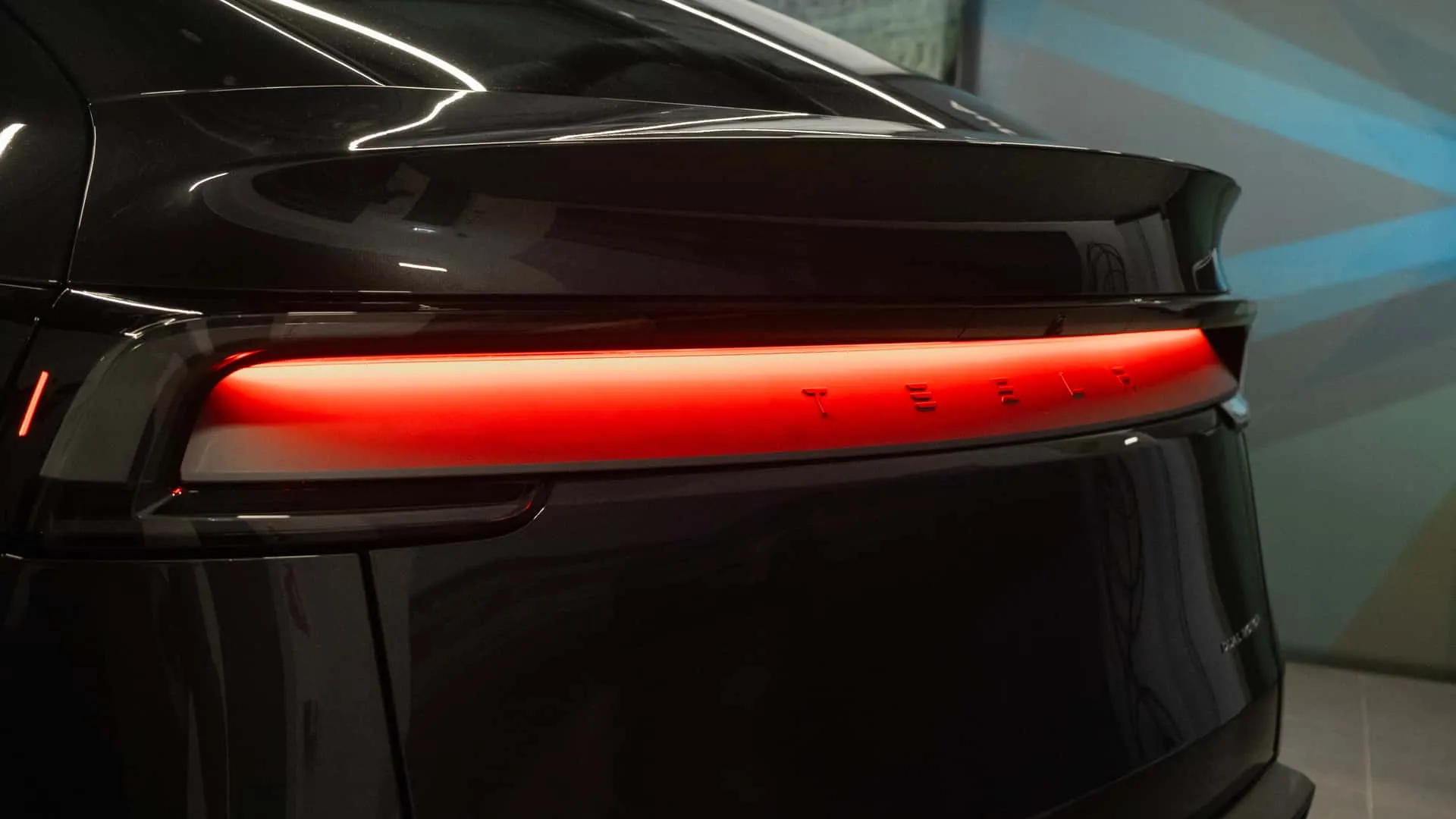
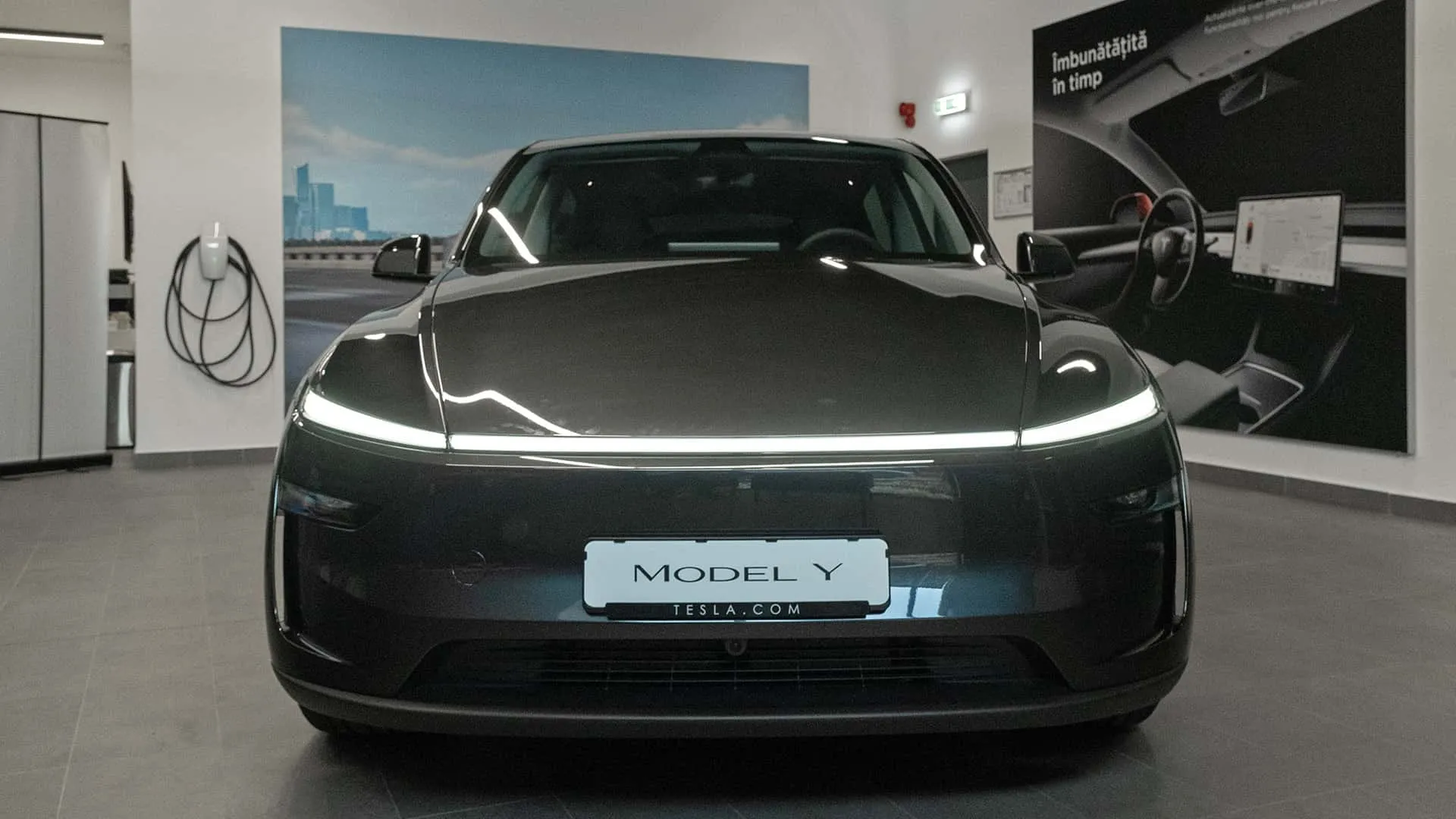
Author: Fabio Isidoro
Founder and editor-in-chief of Canal Carro, he dedicates himself to exploring the automotive universe with depth and passion. A car and technology enthusiast, he produces technical content and in-depth analyses of national and international vehicles, combining quality information with a critical eye for the public.

